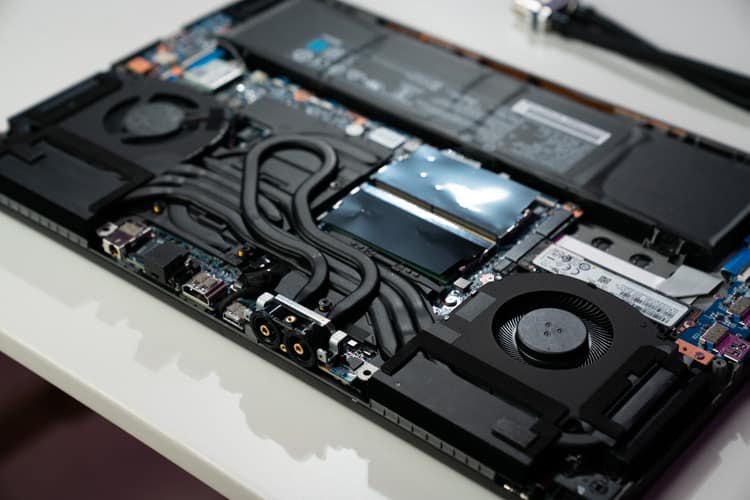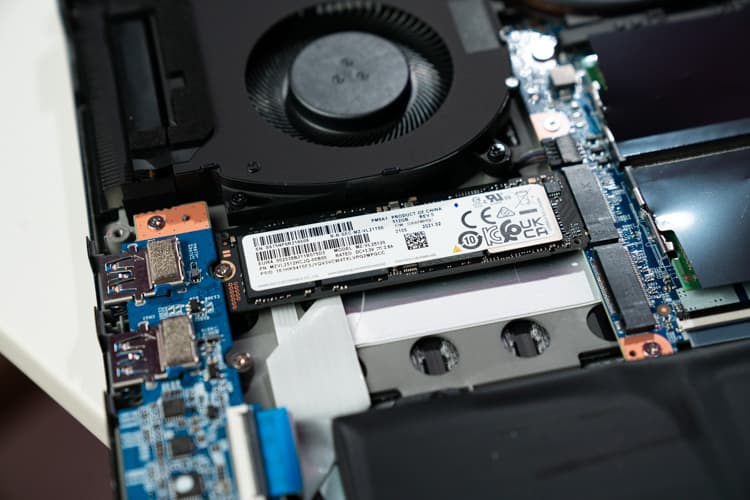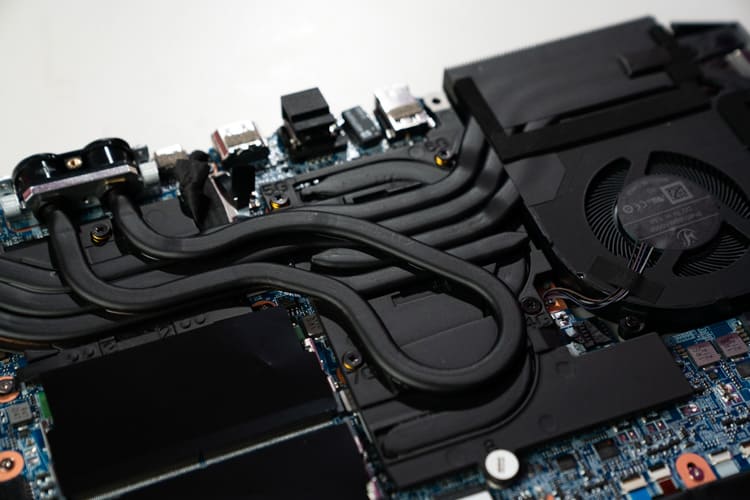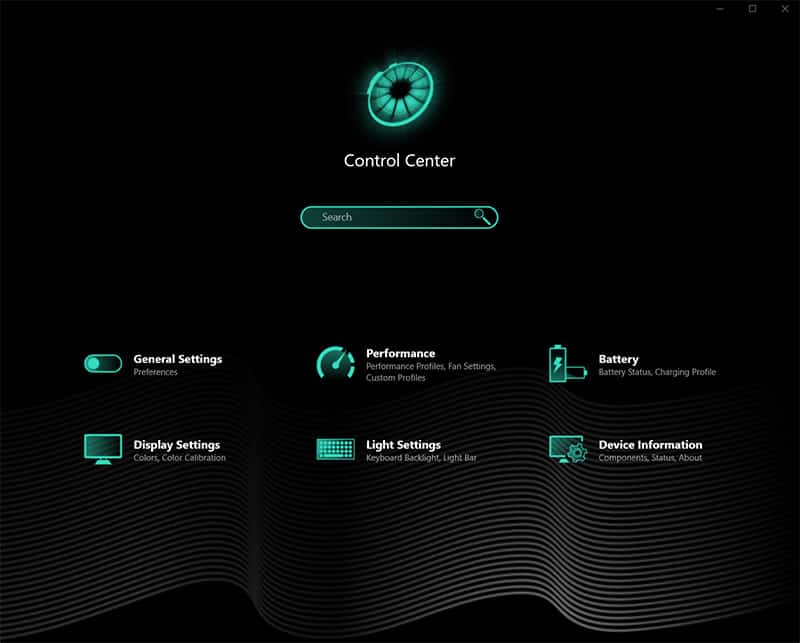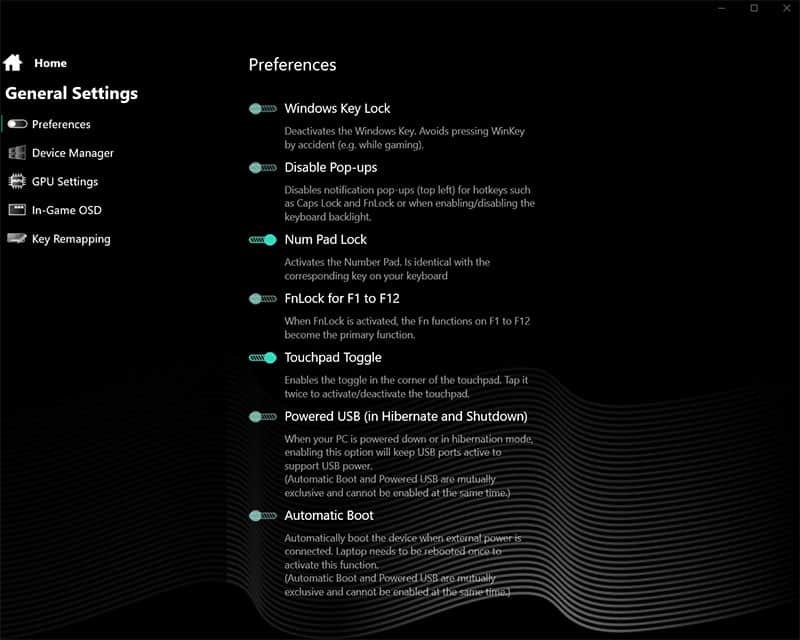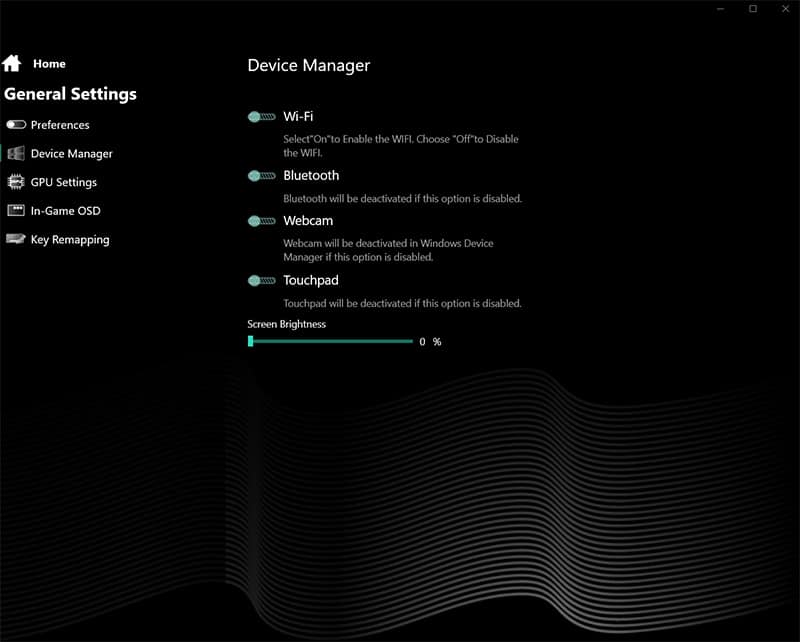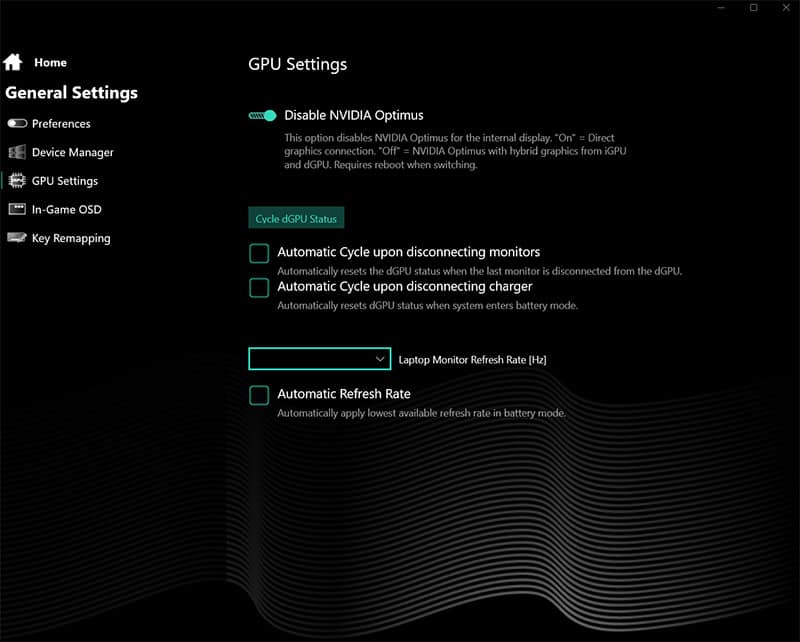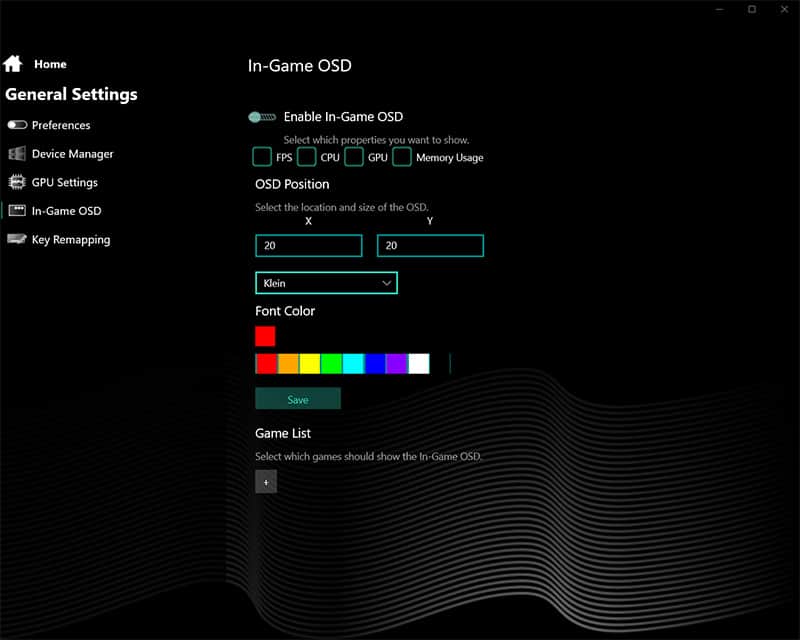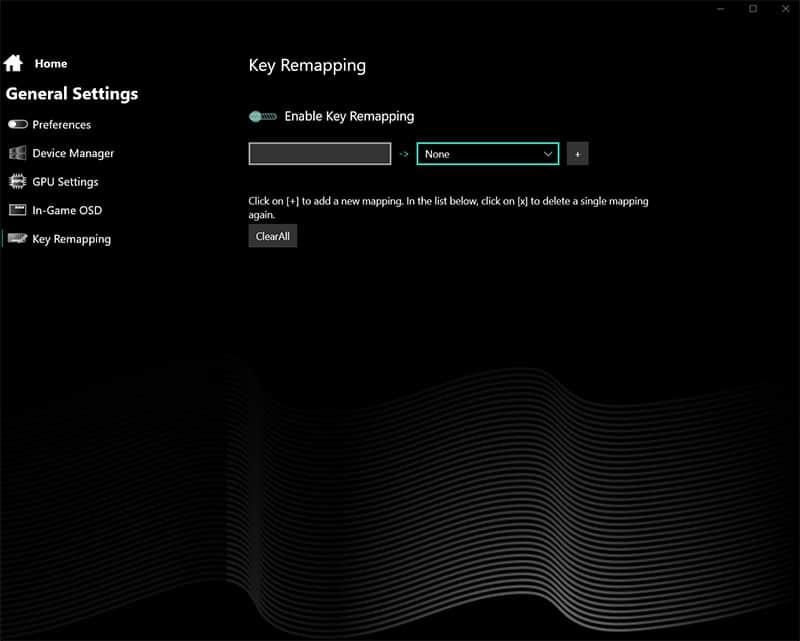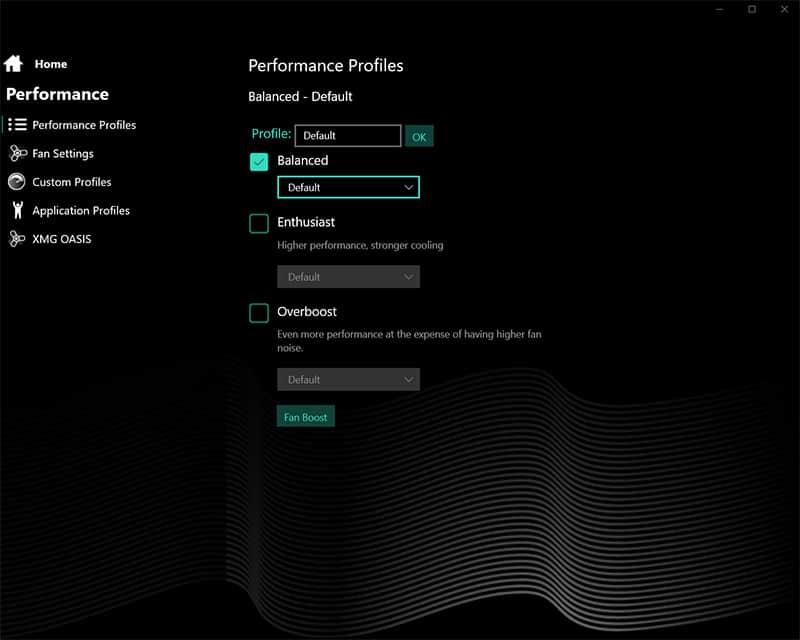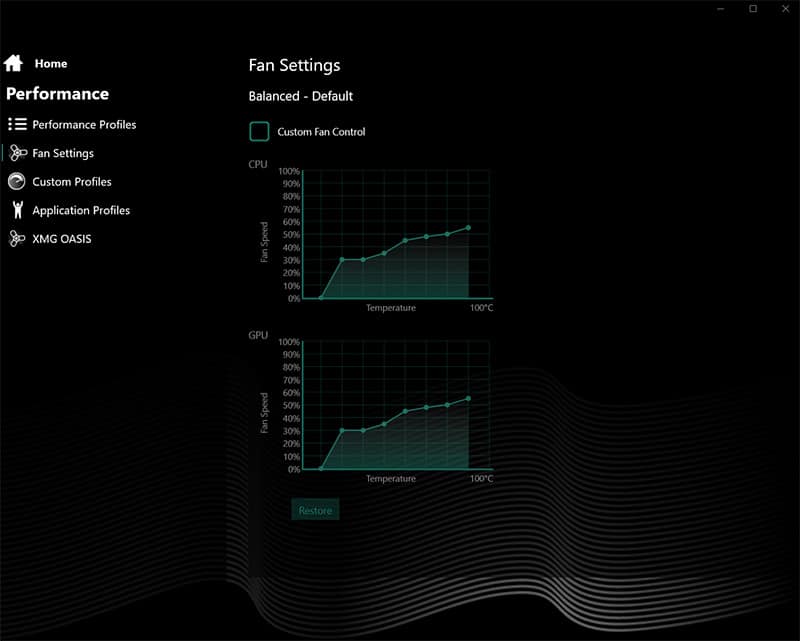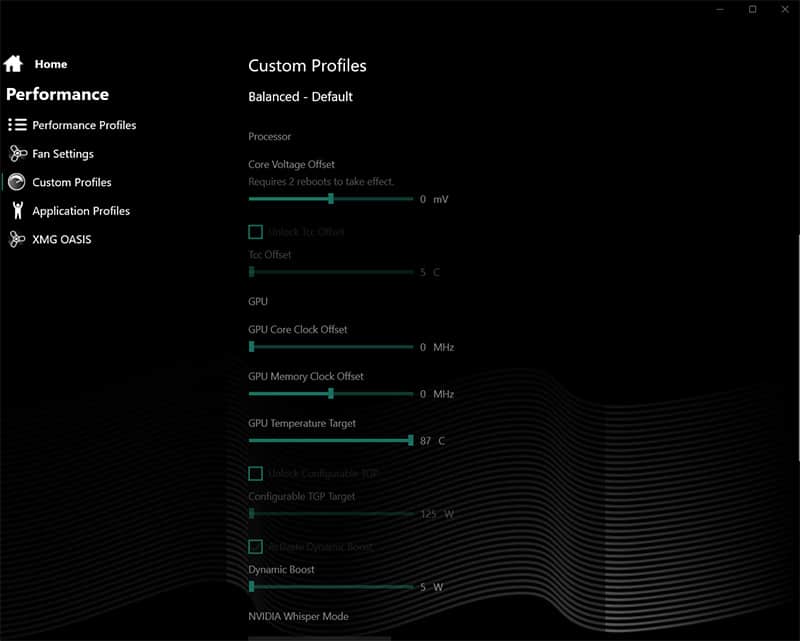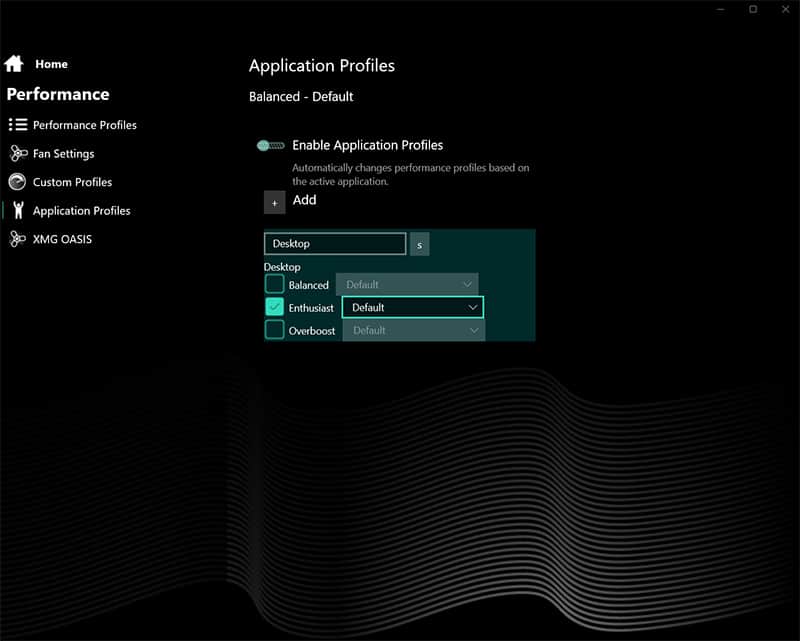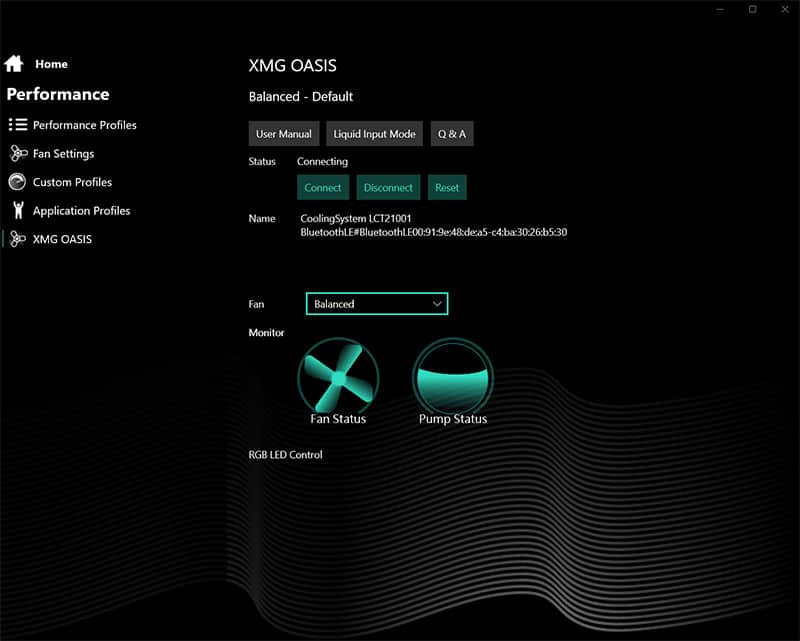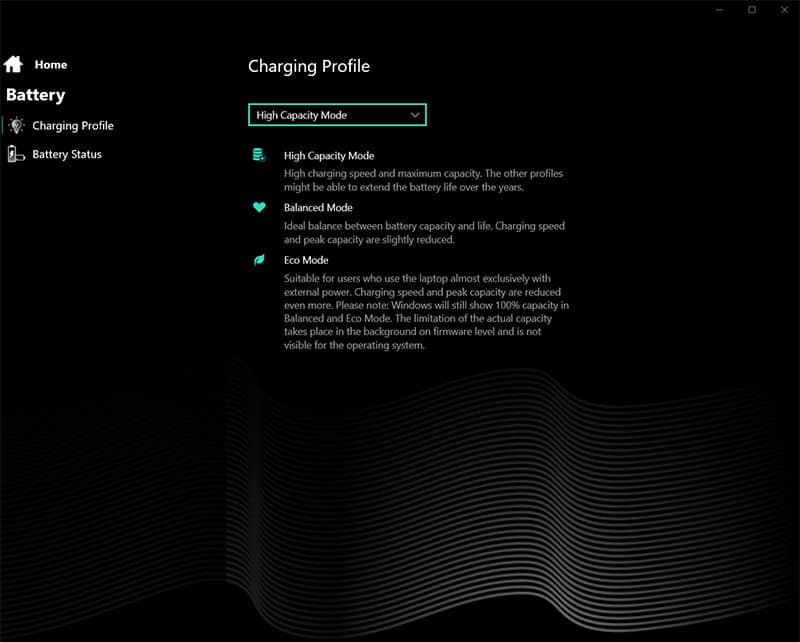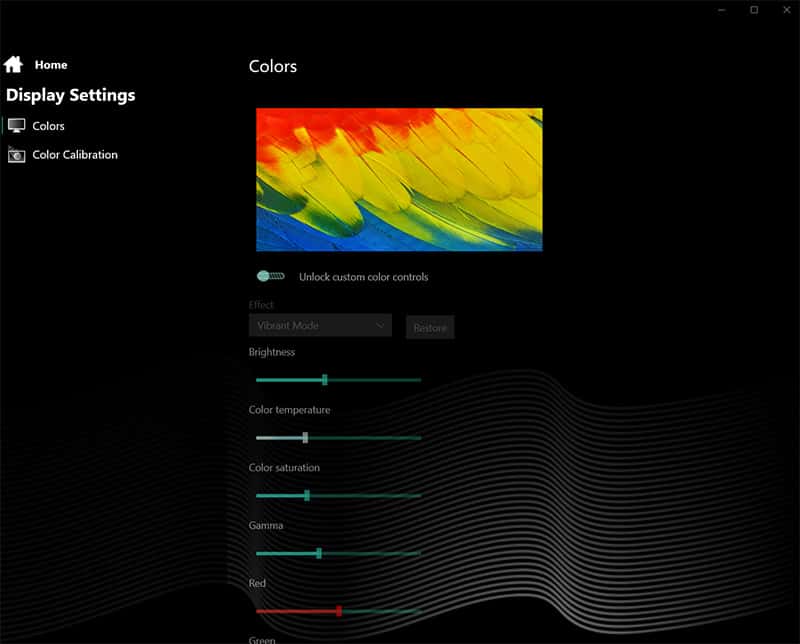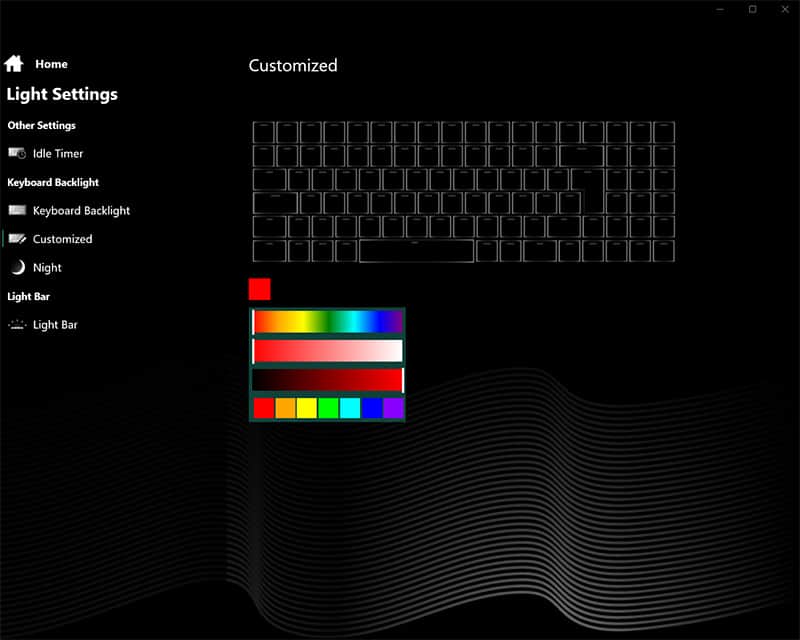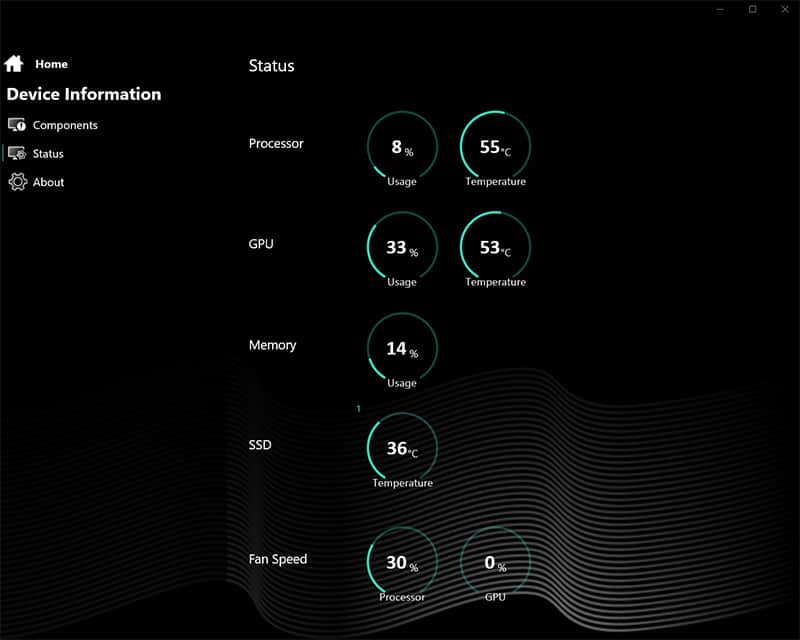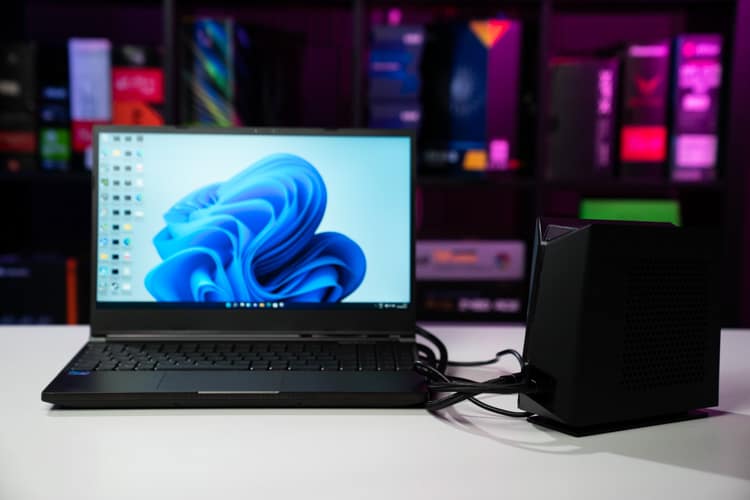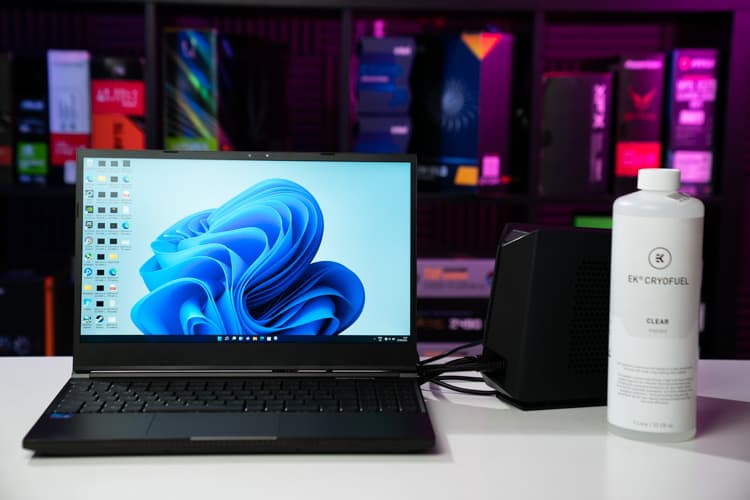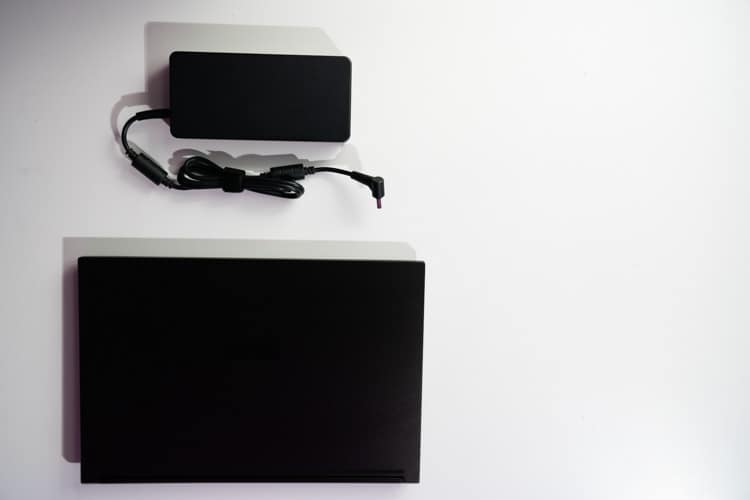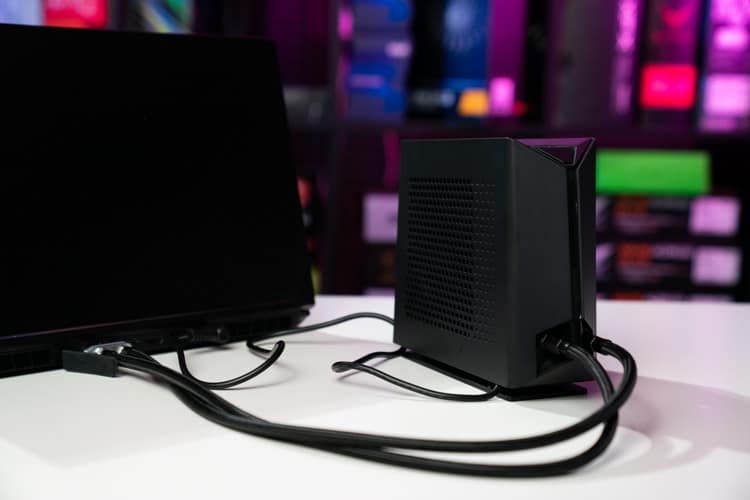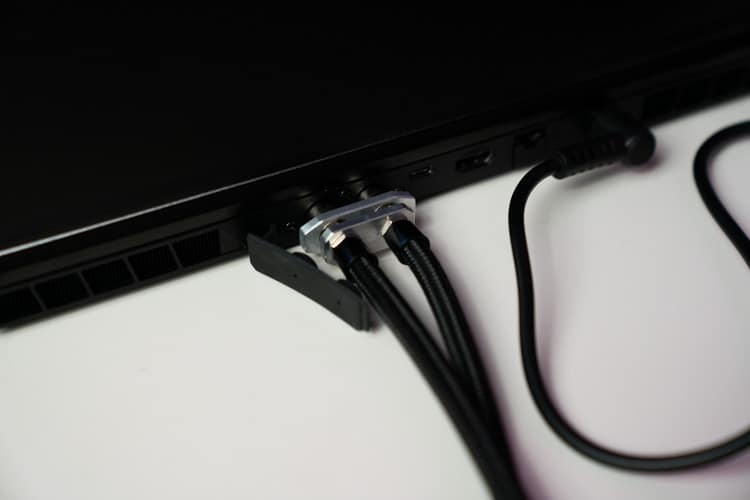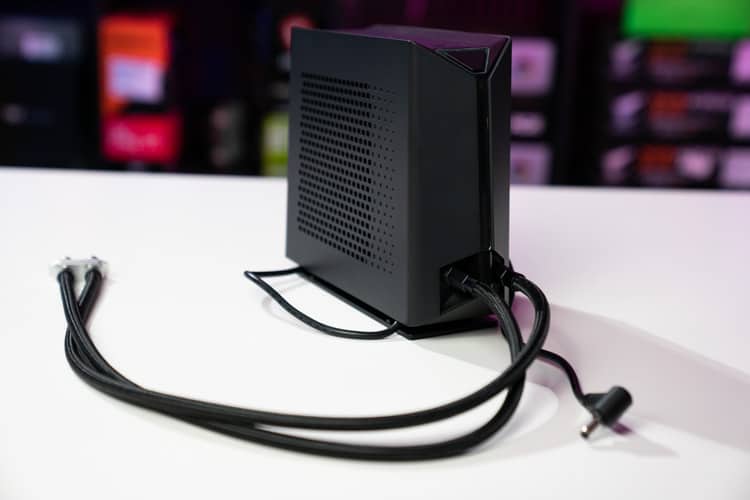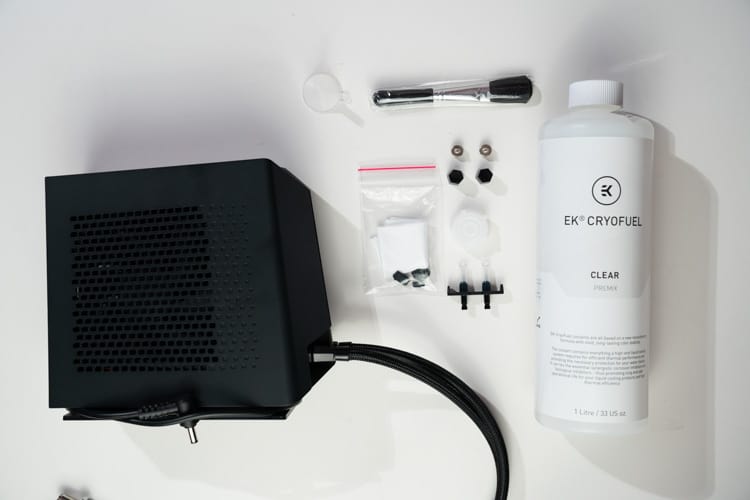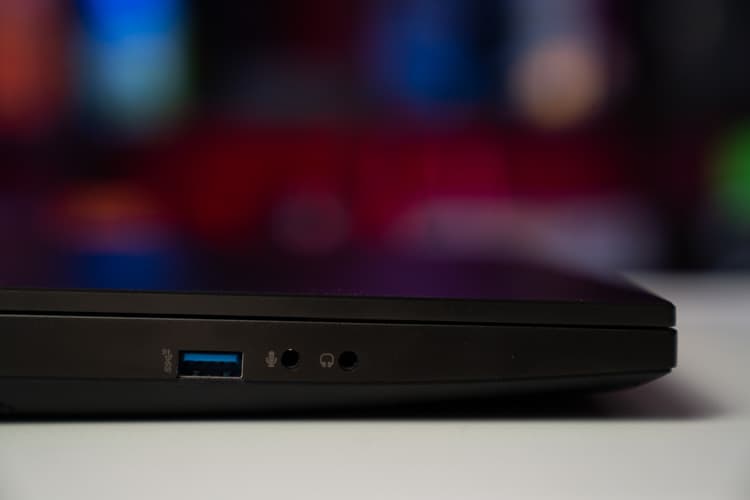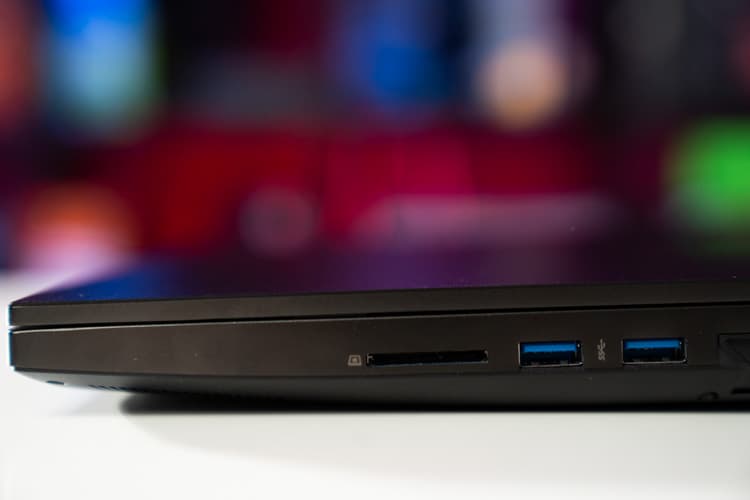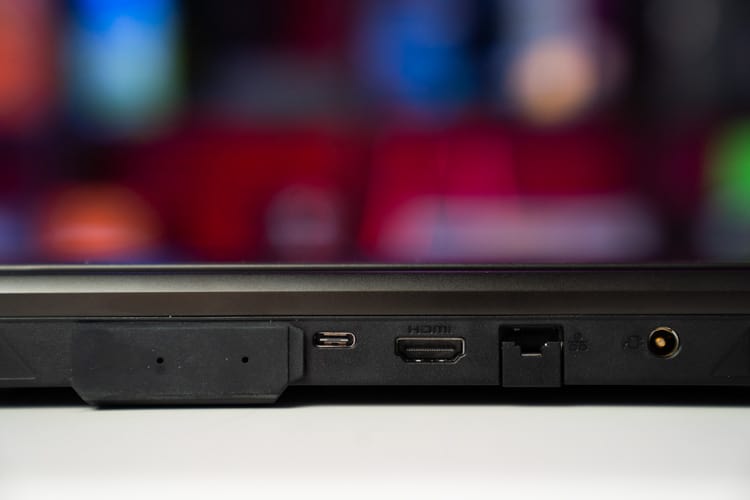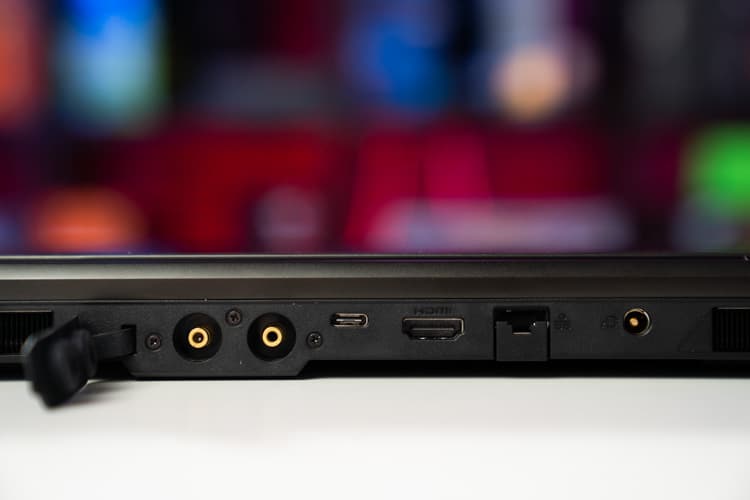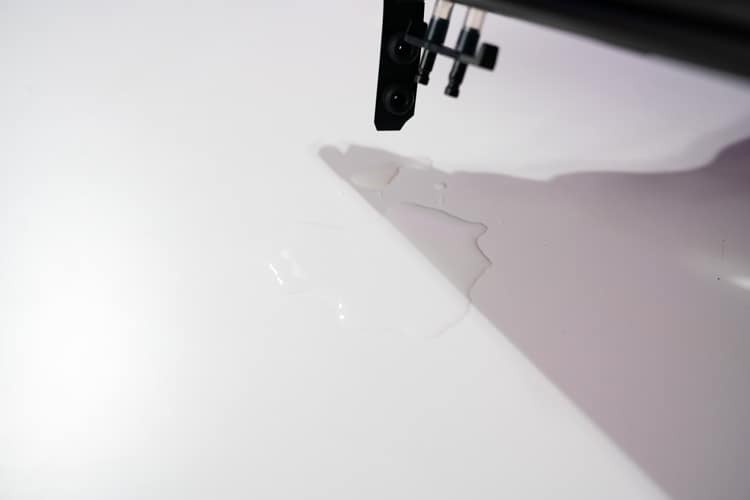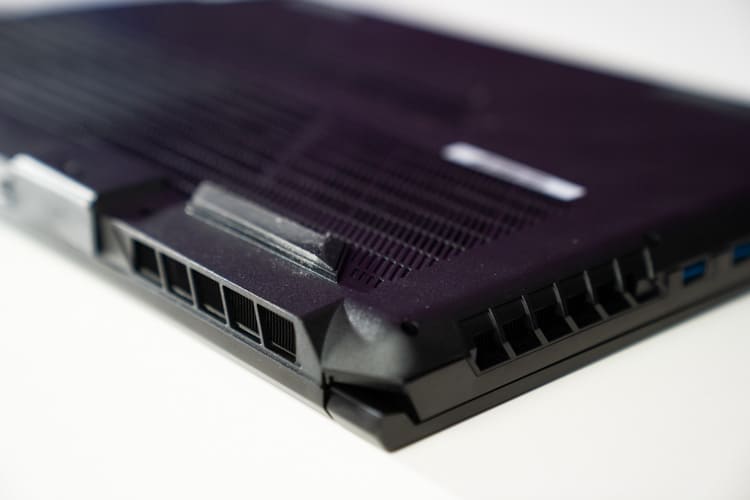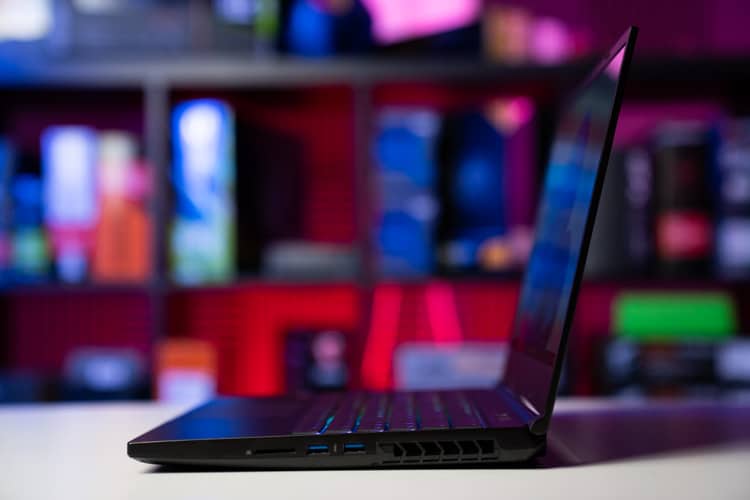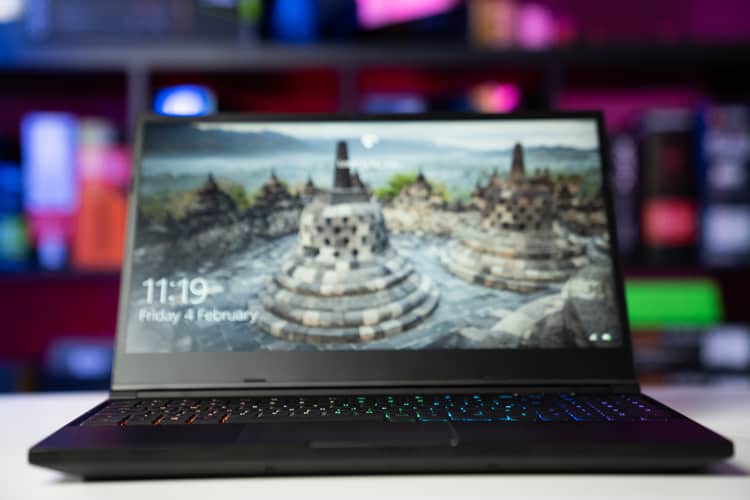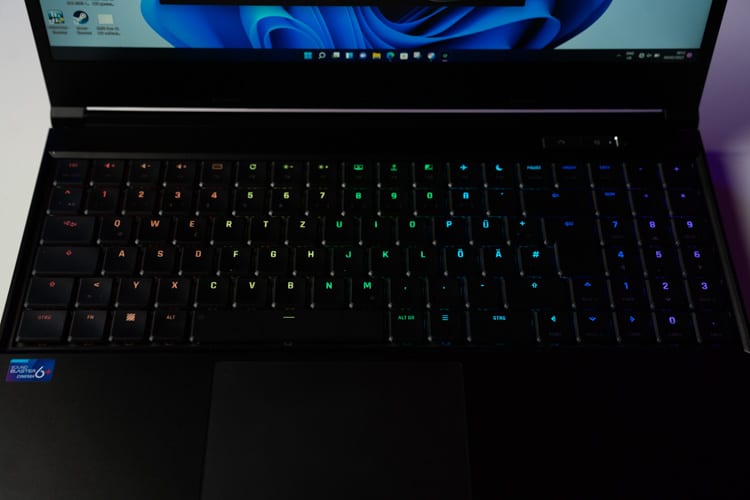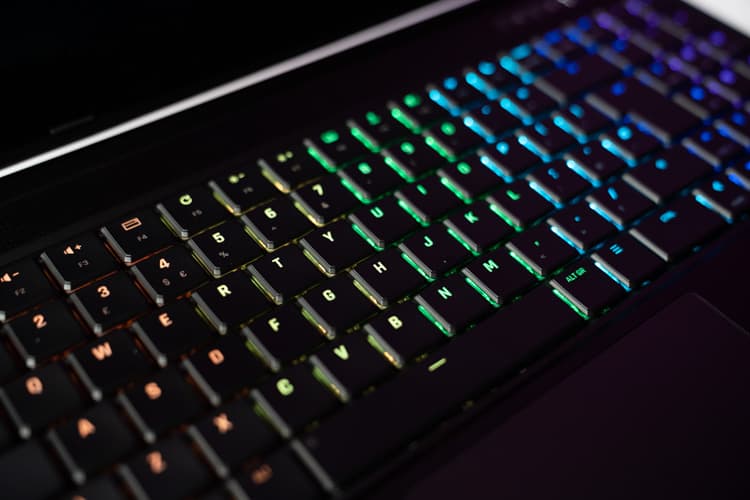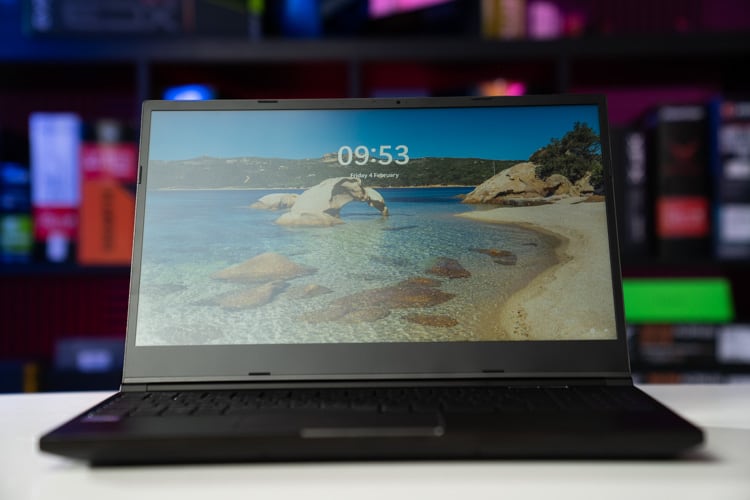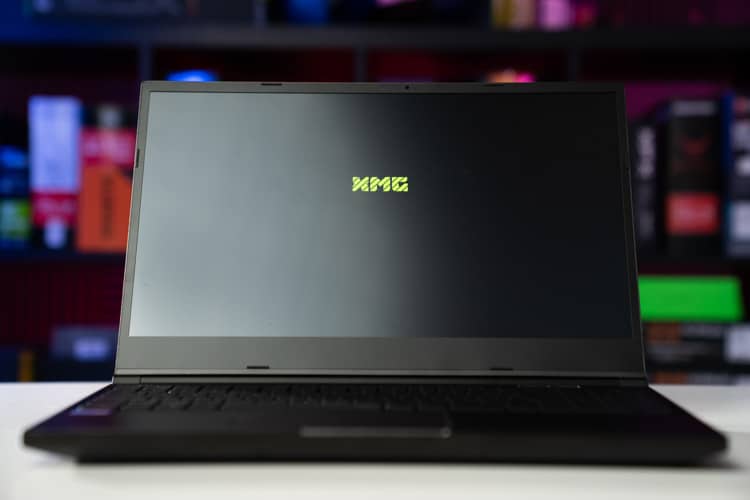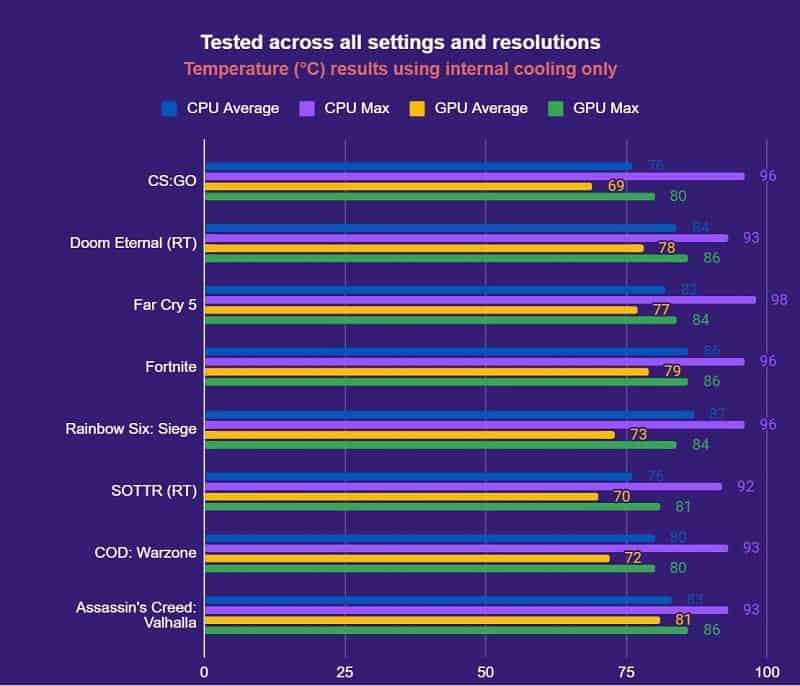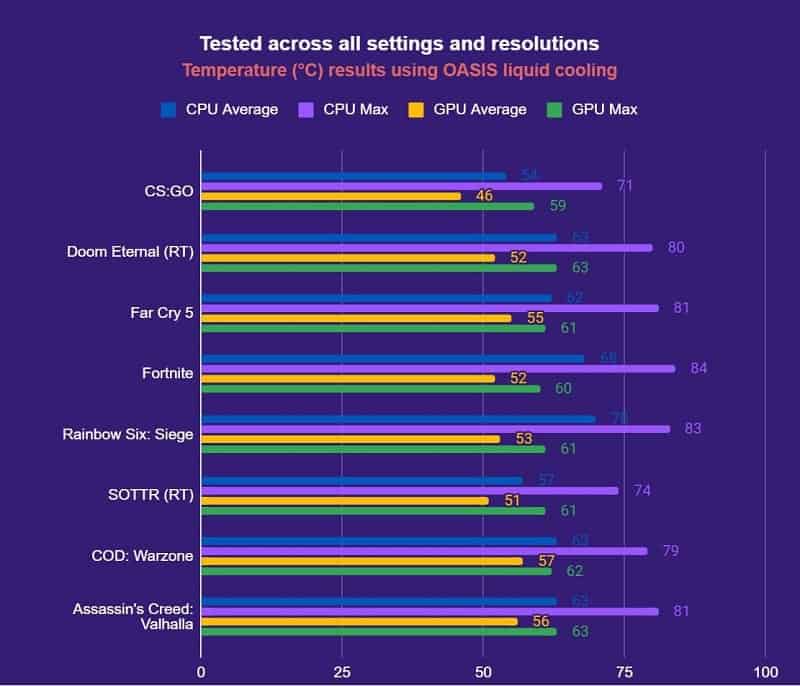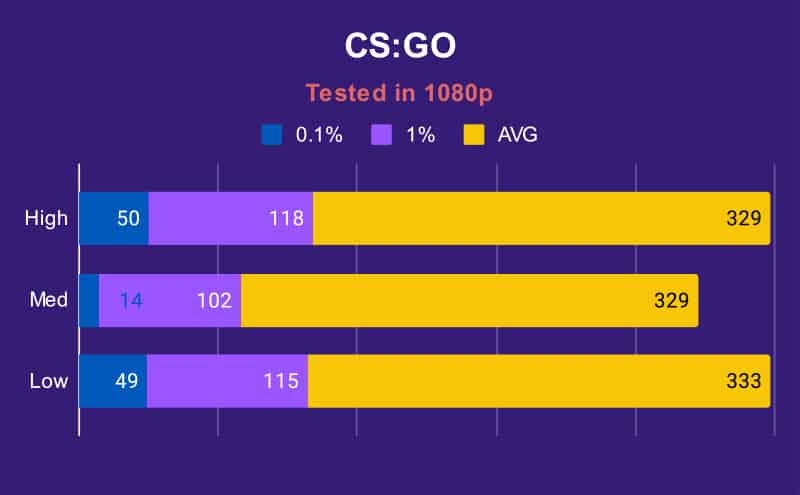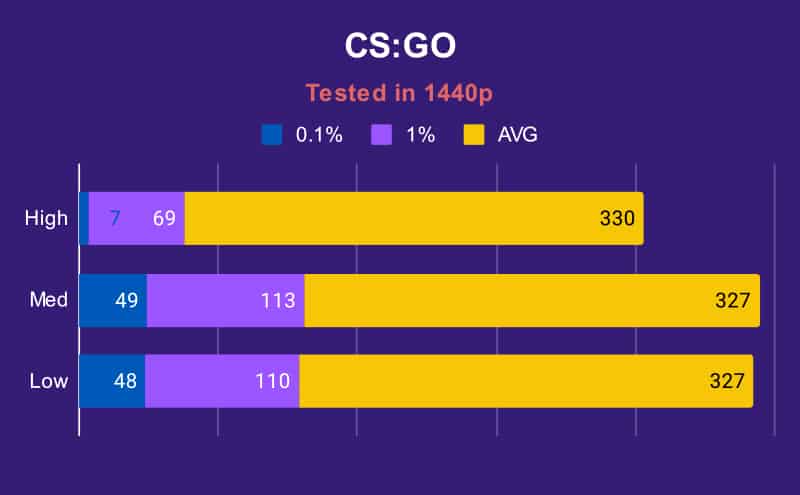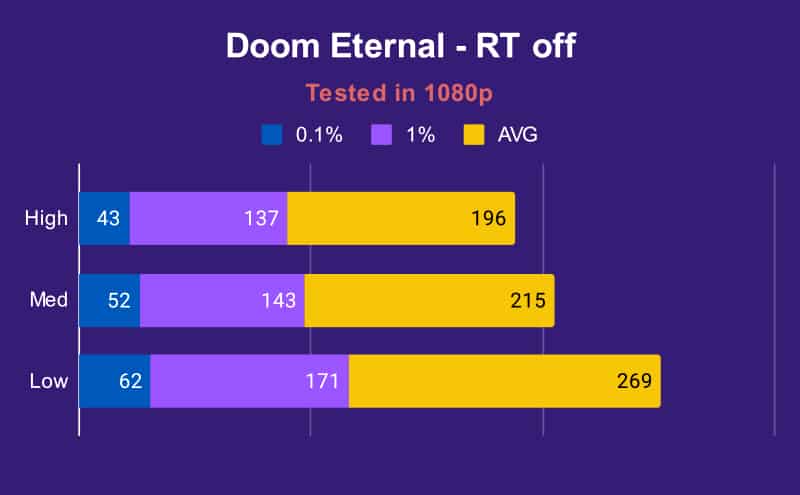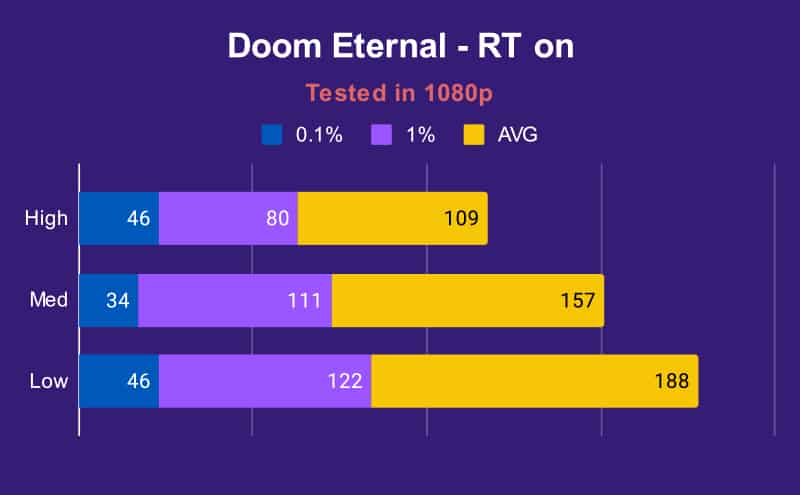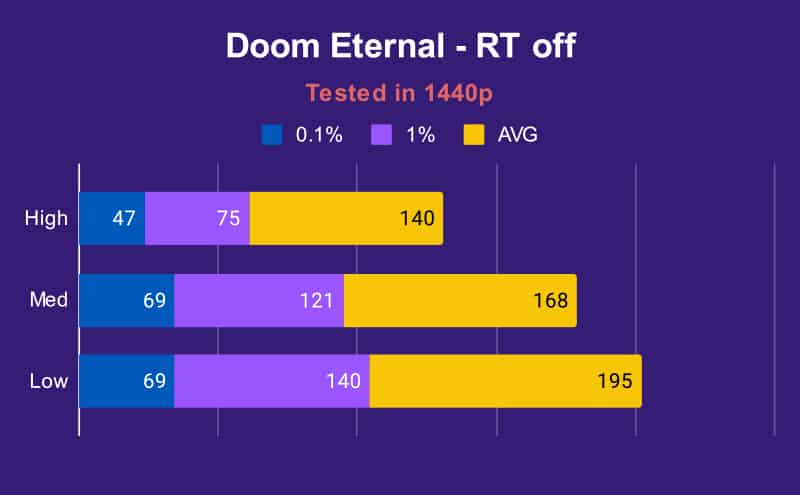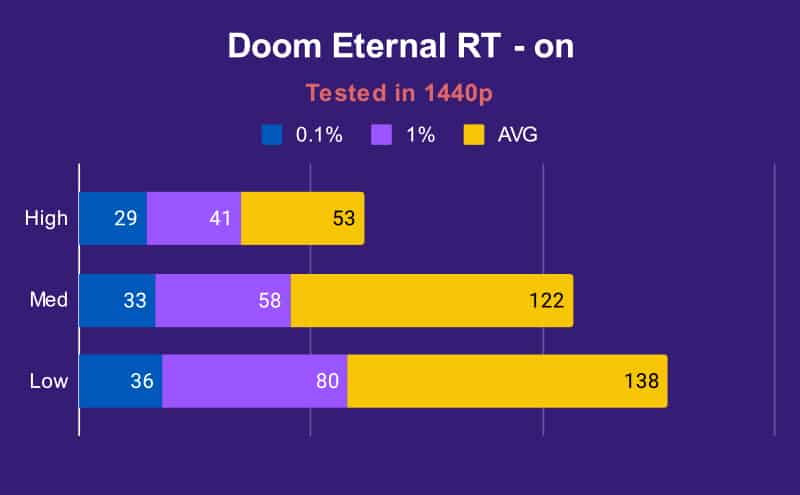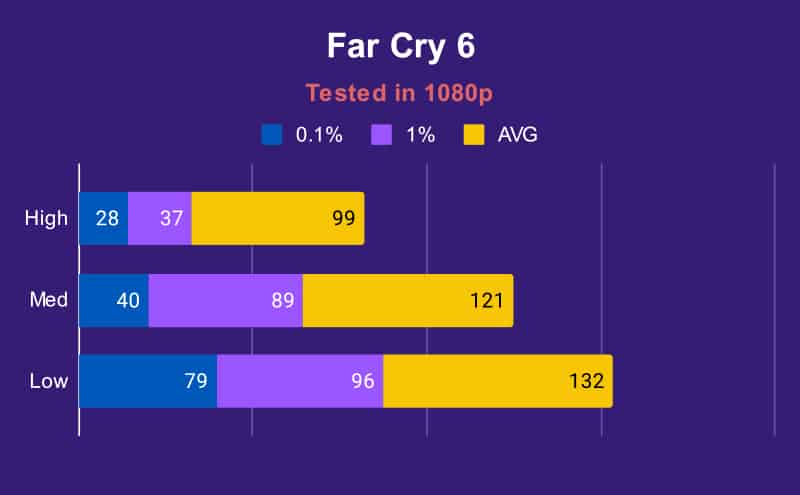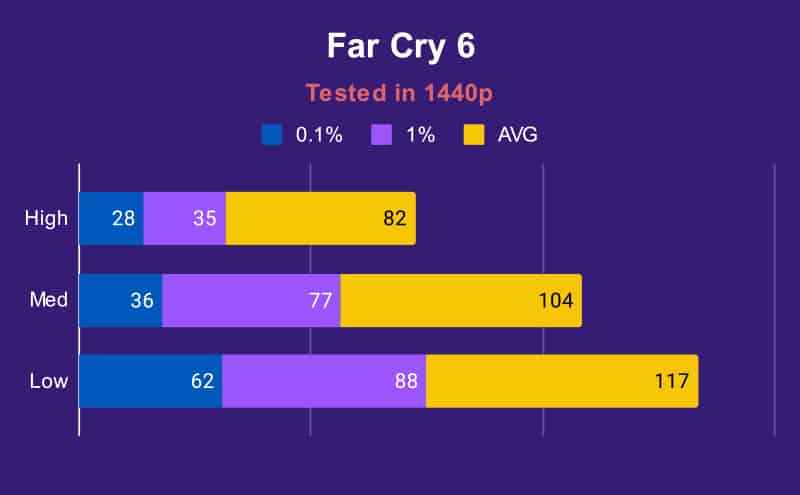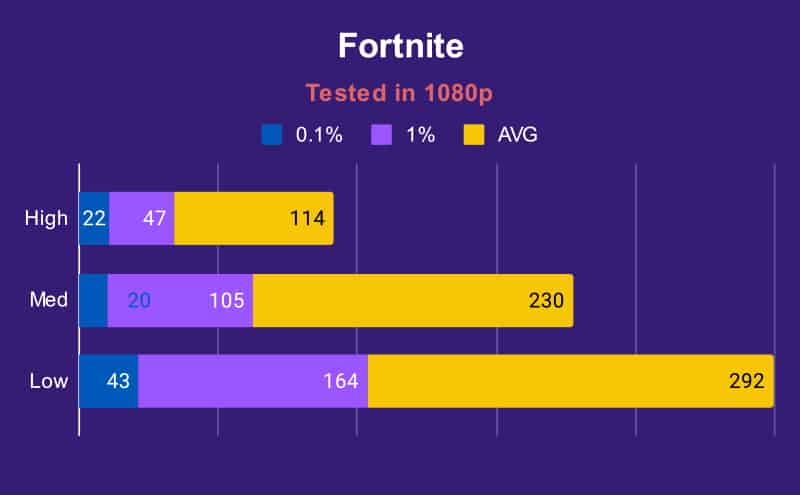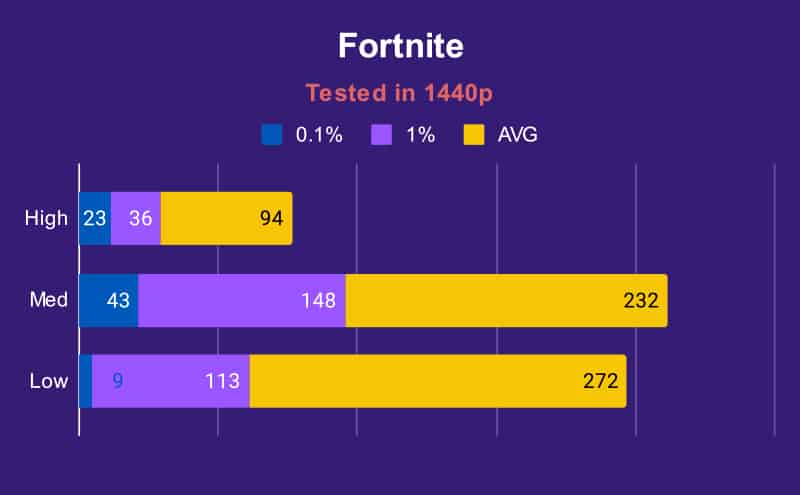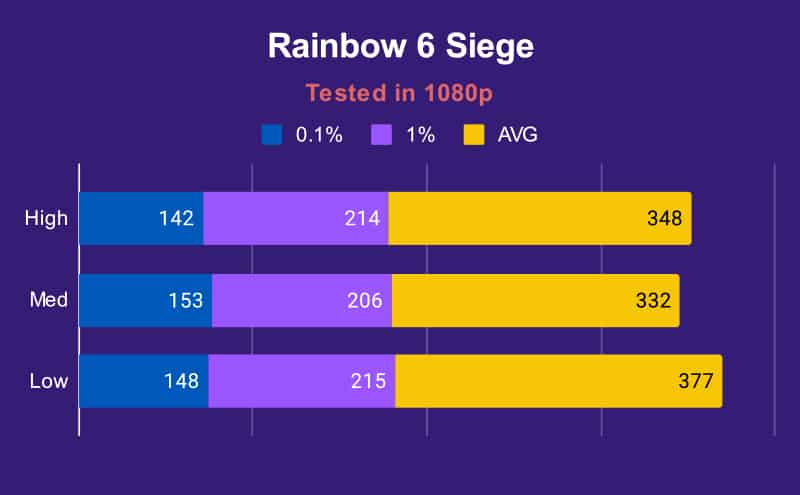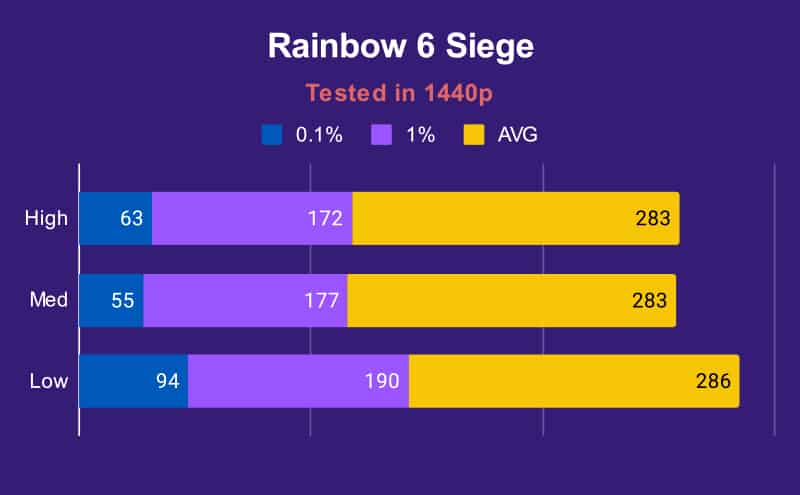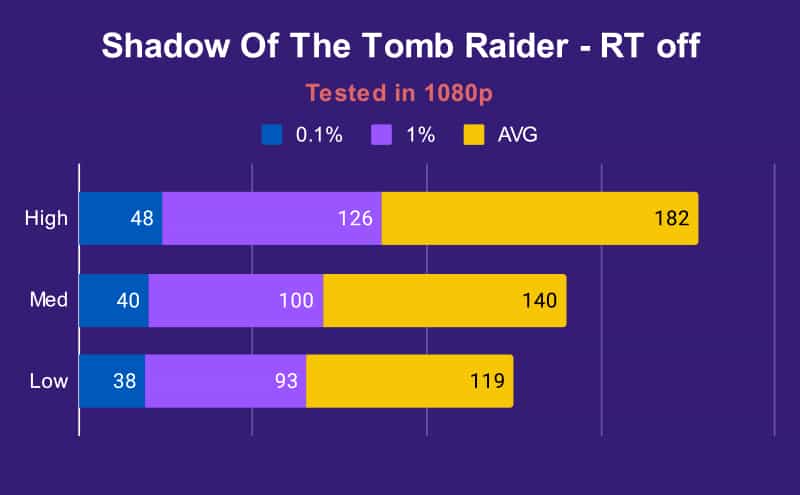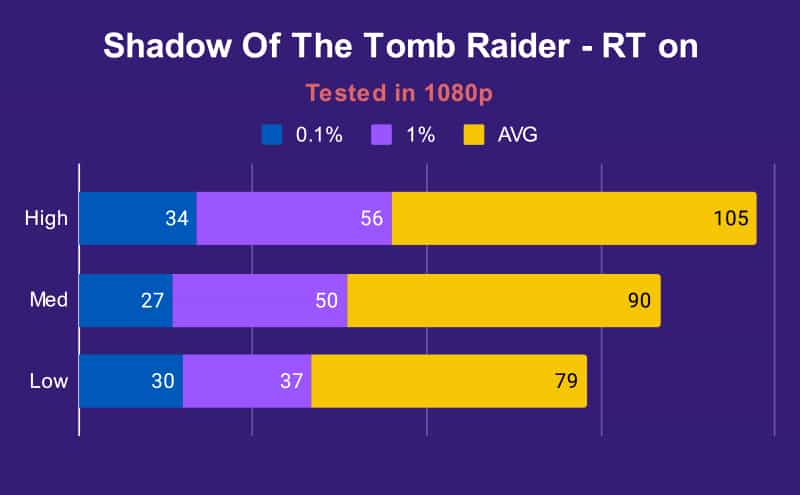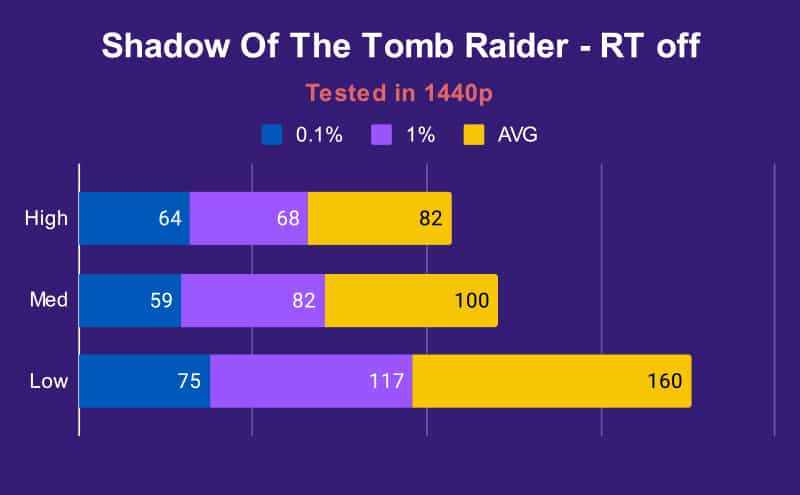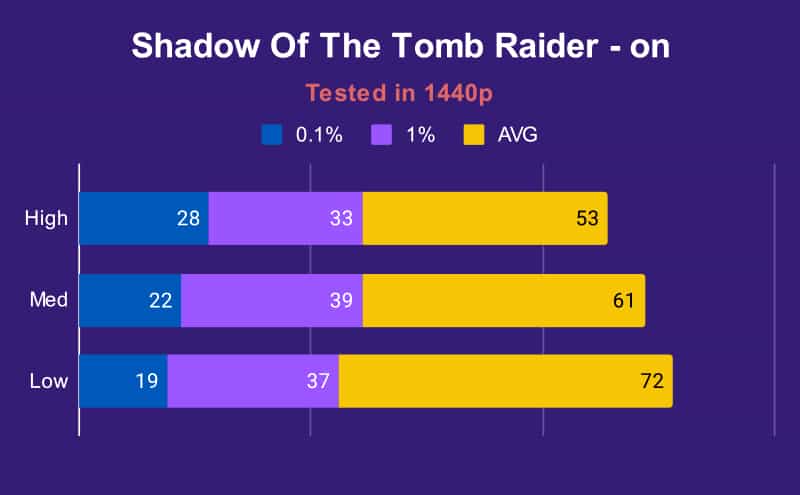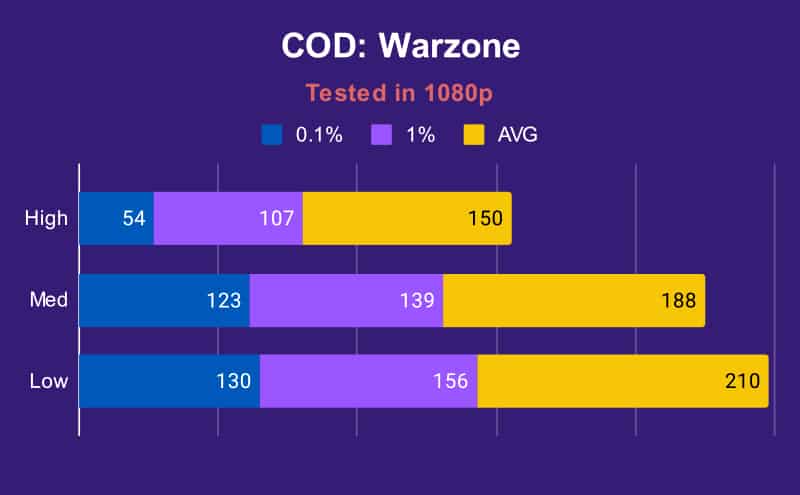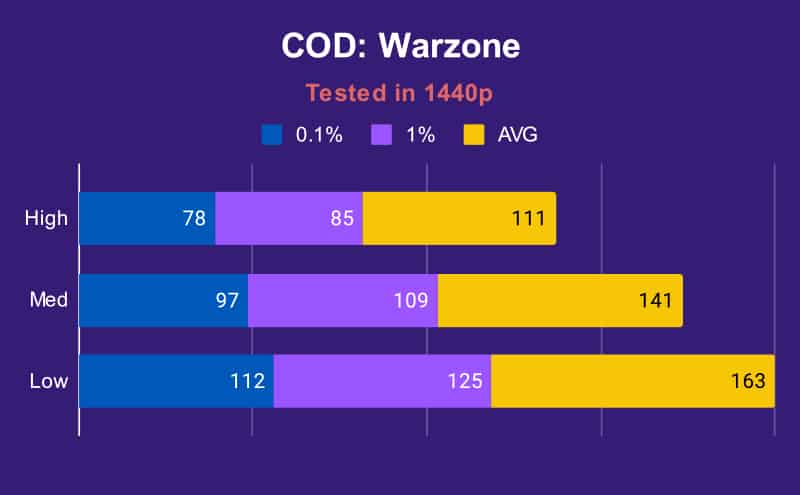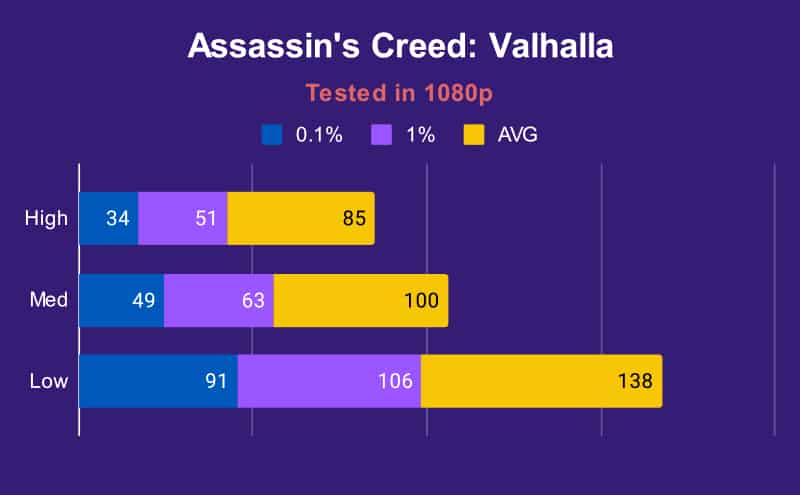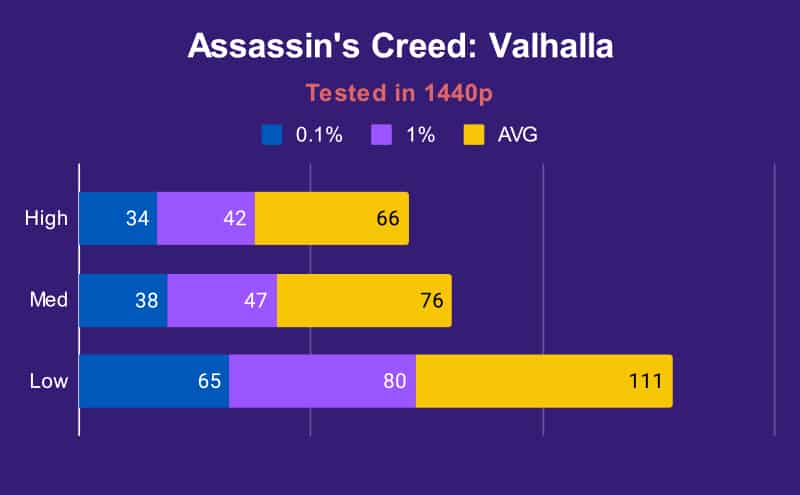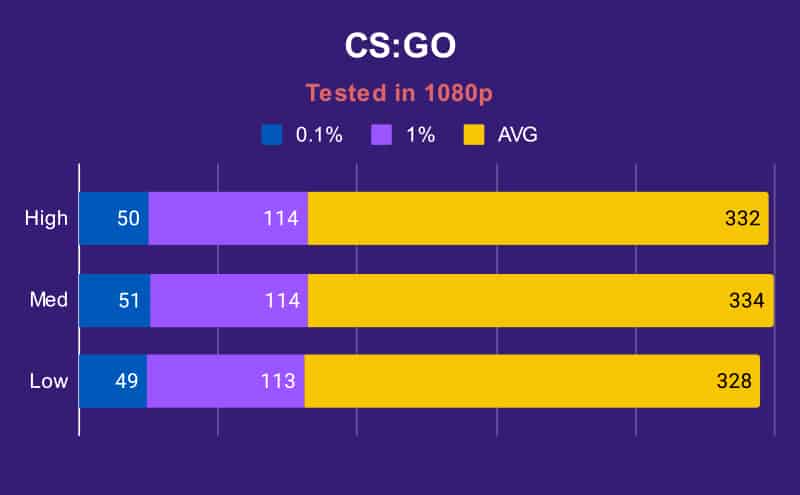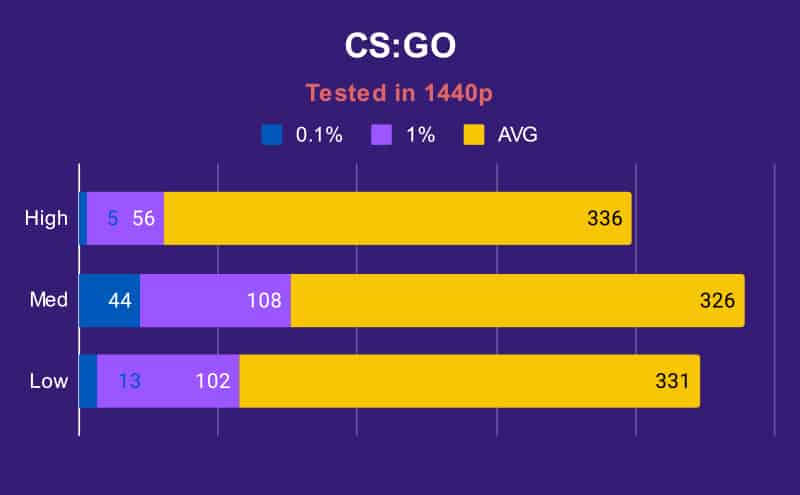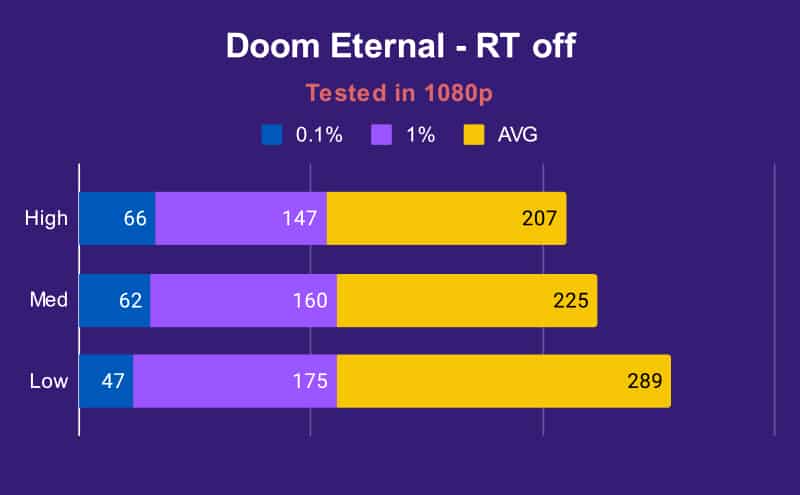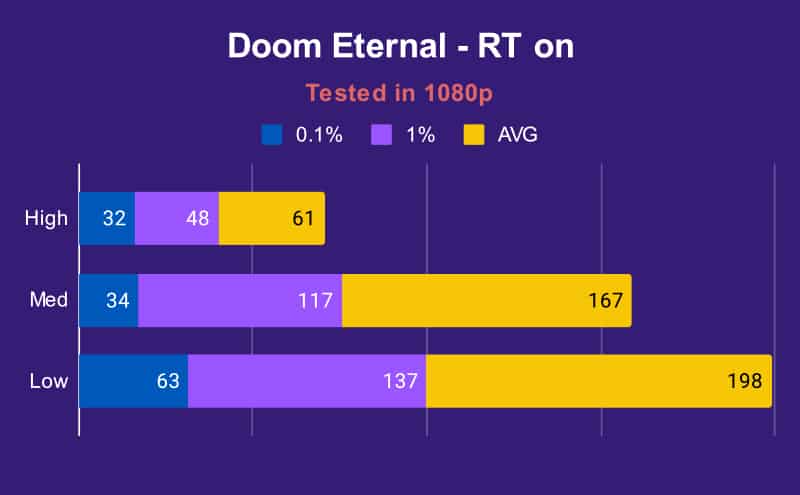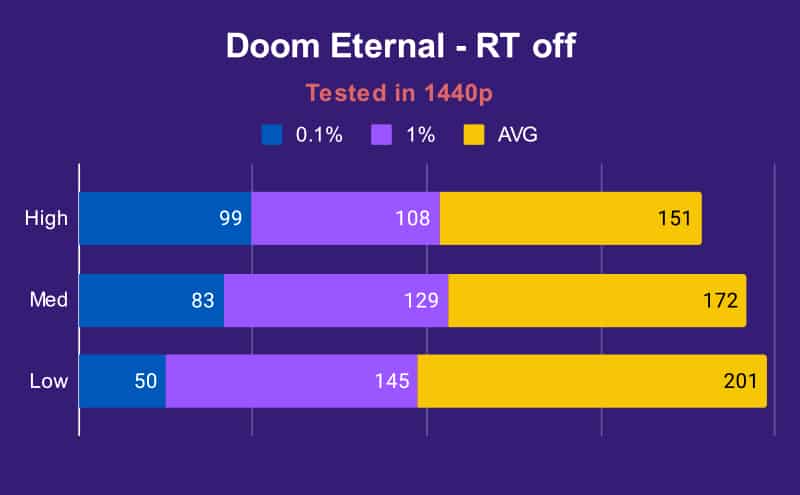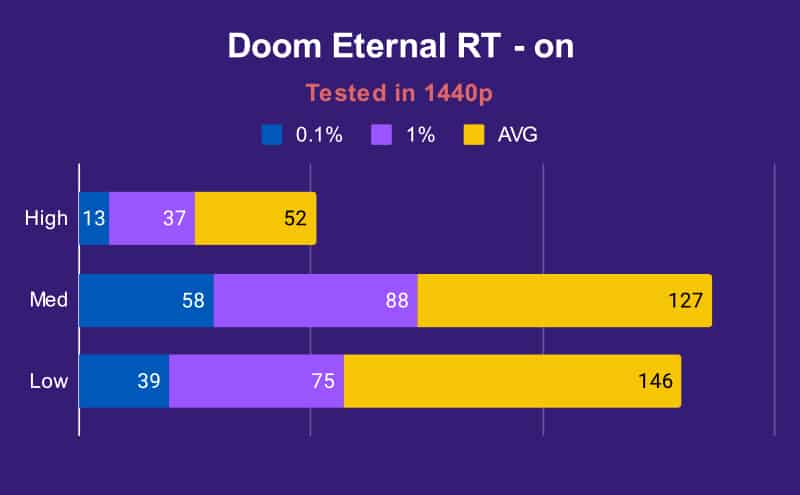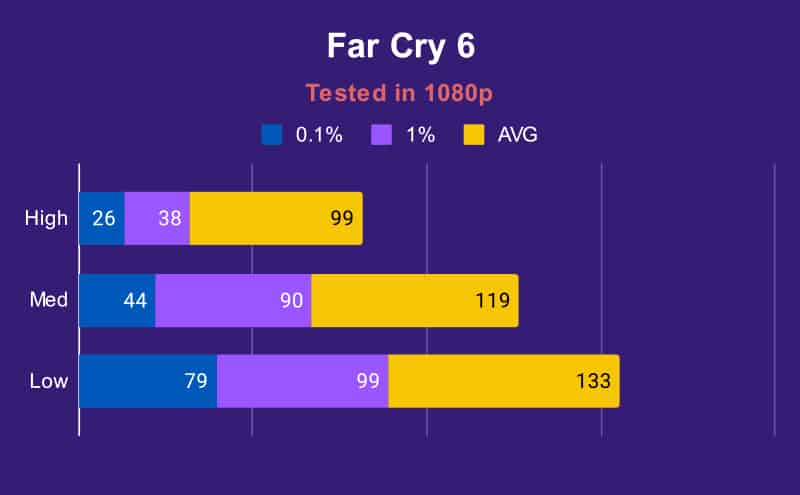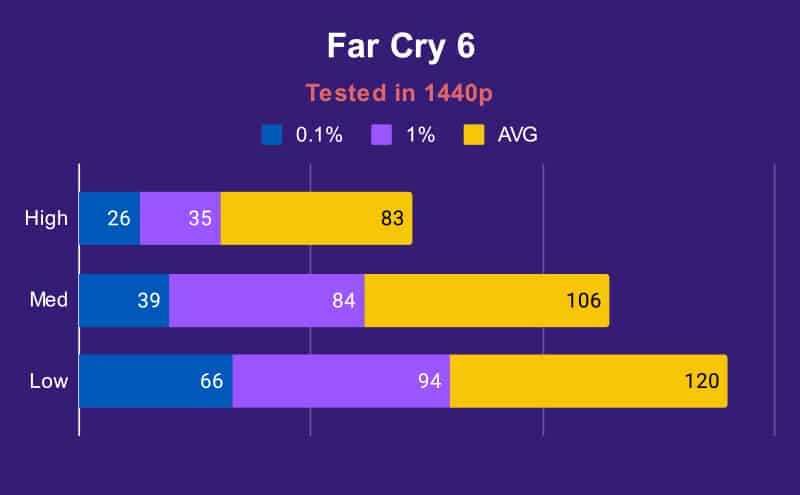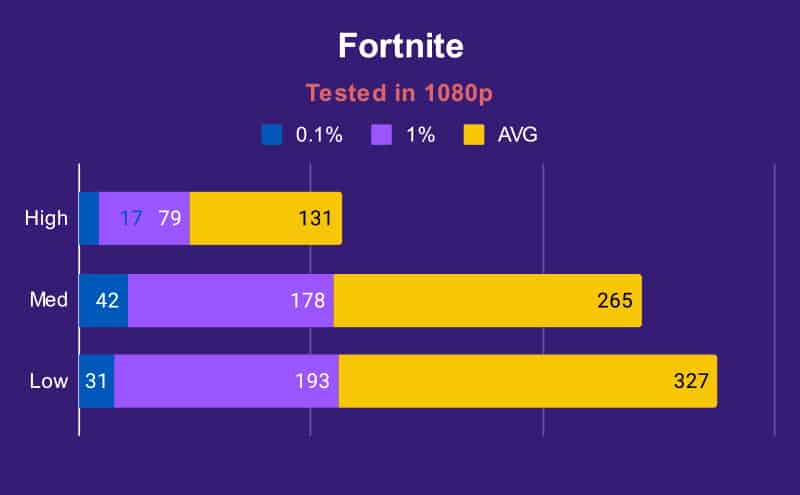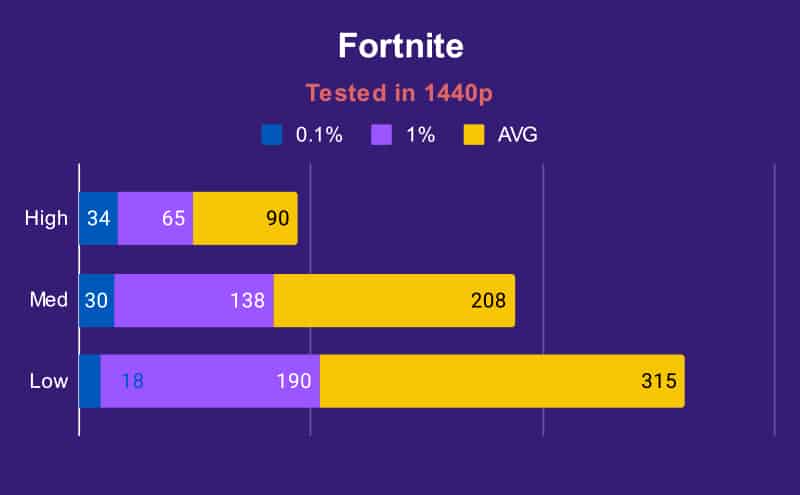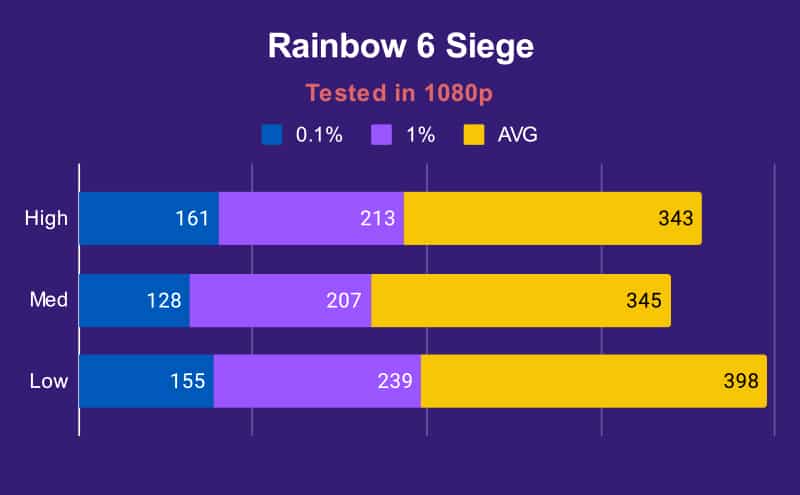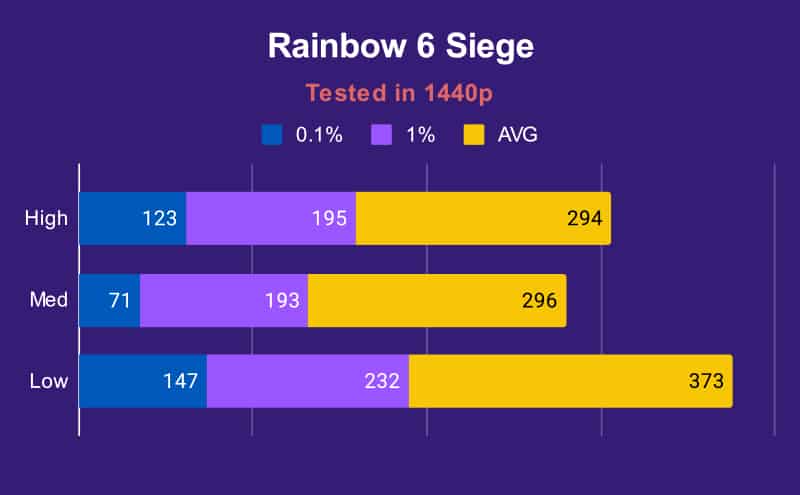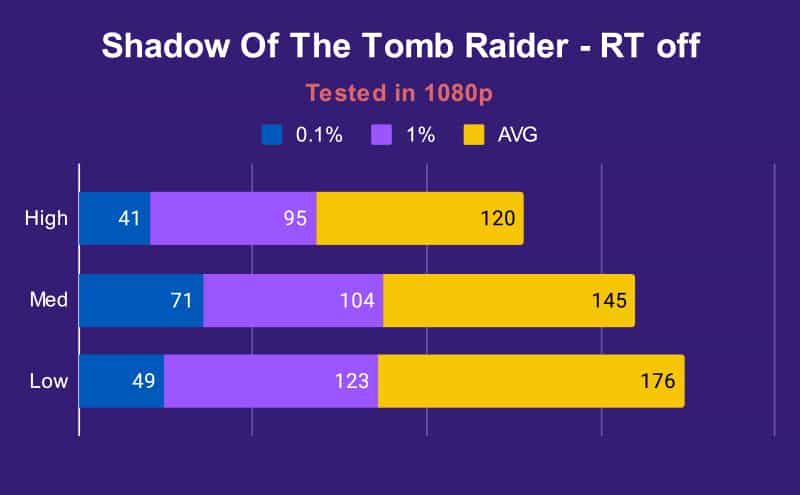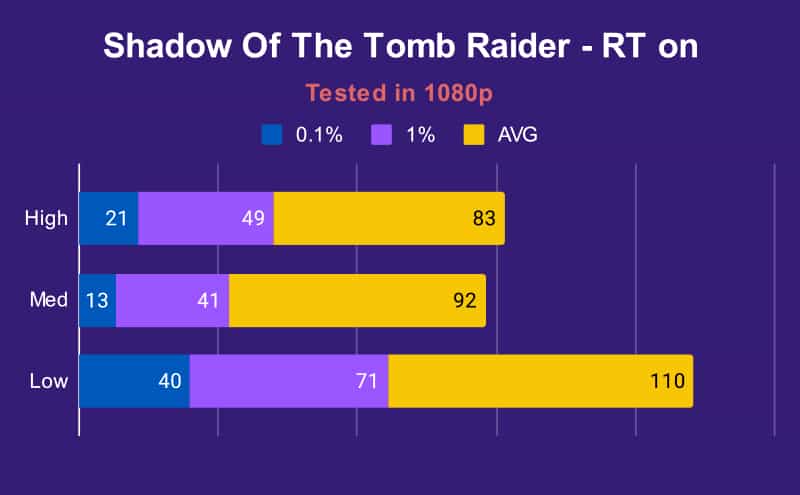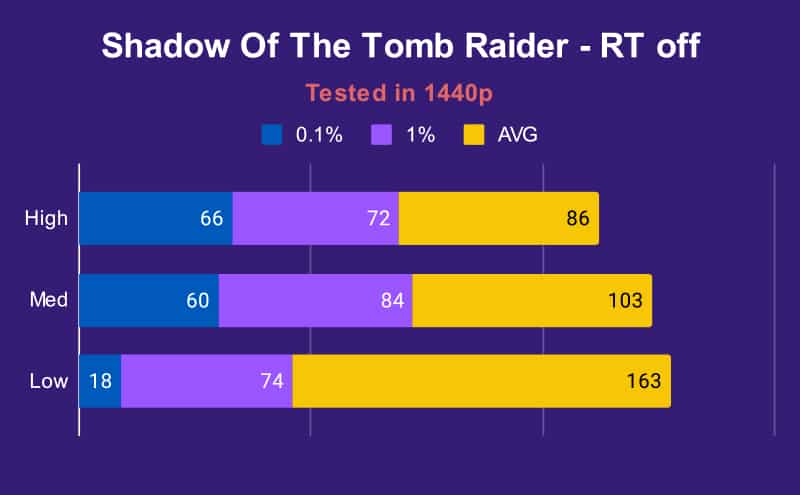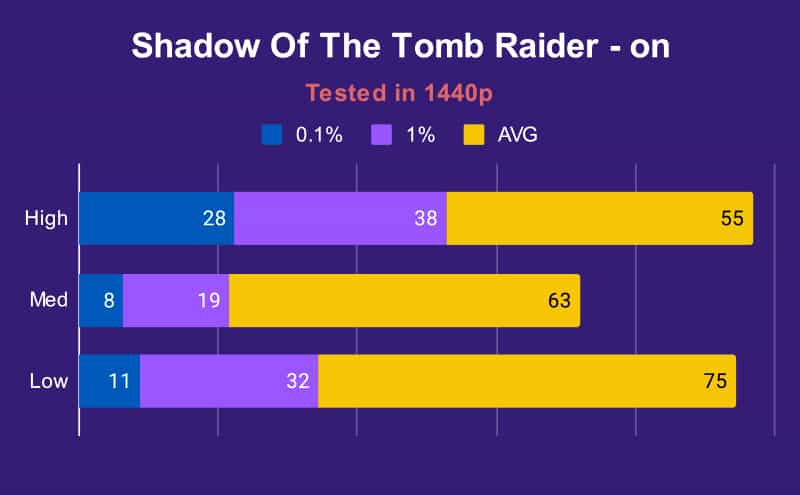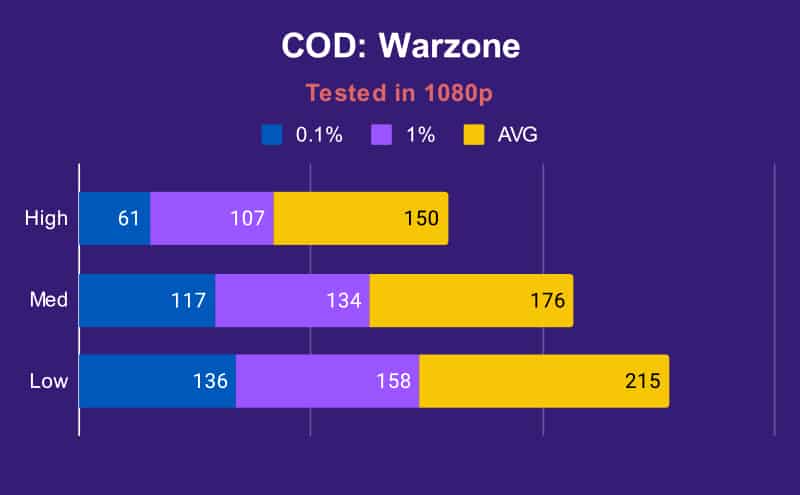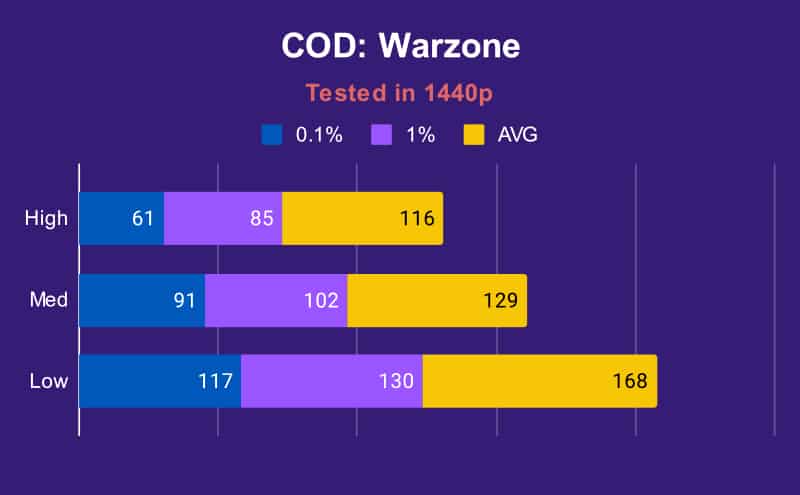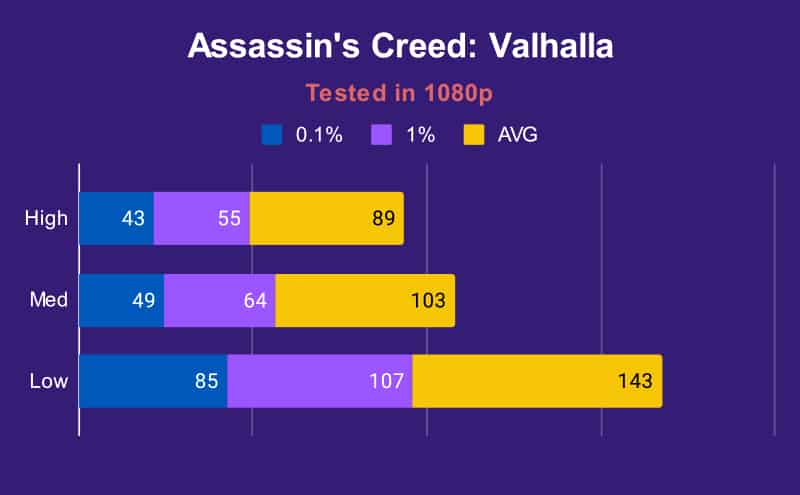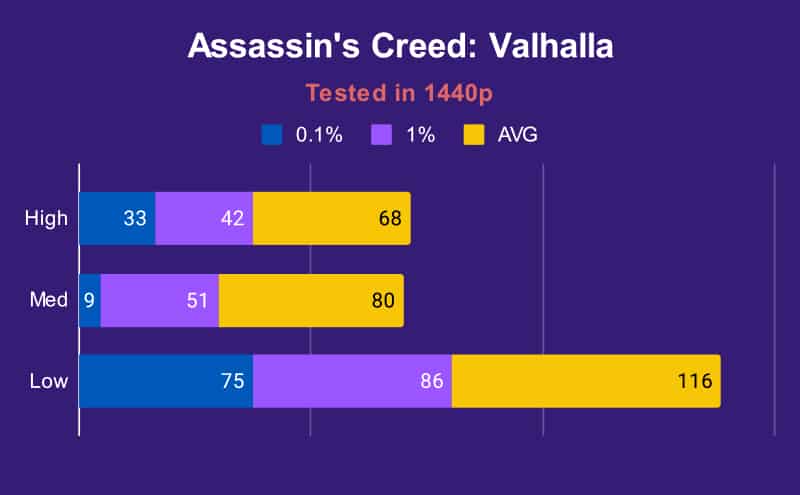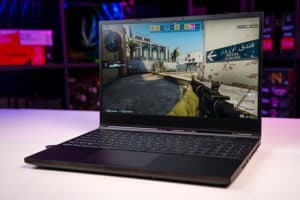XMG Neo 15 (E22) / Eluktronics MECH-15 G3 review (2022)
We test & benchmark the XMG Neo 15 RTX 3070 Ti gaming laptop & XMG OASIS liquid cooling laptop system
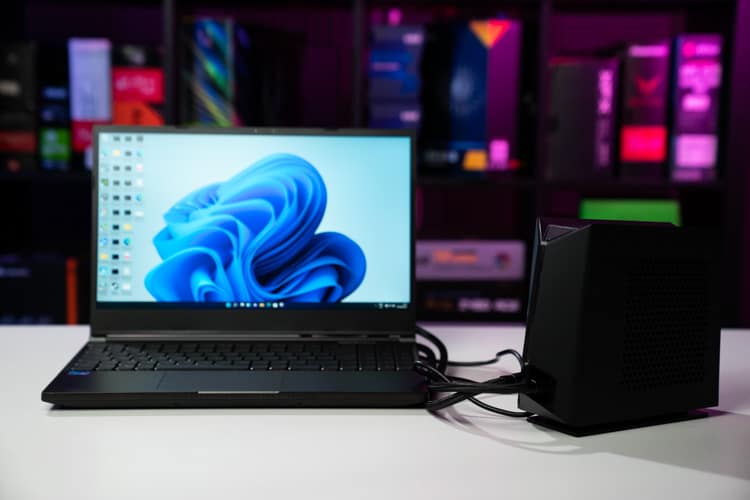
The XMG Neo 15 RTX 3080 Ti / 3070 Ti version is branded as the Eluktronics MECH-15 G3 in the US. Functionally these gaming laptops are almost identical, so this review will serve as a buyer’s guide for both. The 2022 version of the Neo 15 (designated E22) is the upgrade to last year’s superb XMG Neo 15 E21 gaming laptop. Compared to the previous year’s model, this machine comes with a faster refresh rate on its 1440p display, options for the new RTX 3070 Ti and RTX 3080 Ti graphics cards. It also boasts compatibility with the new XMG OASIS external cooling system, which you can buy separately, allowing you to run your own water cooled laptop for gaming. These are all features we will be focusing on in particular in this review.
At this stage we’ve only had a chance to test the RTX 3070 Ti machine, both with and without the XMG OASIS liquid cooling laptop system, as this is the one that XMG sent to us. At a later date we hope to test the RTX 3080 Ti laptop as well. We already know that the E21 iteration of the XMG Neo 15 released in 2021 is one of the best in the business, but the question is can the new features of the E22 justify its price tag and earn it a place in our best gaming laptop list? Read on to find out.


Specifications & upgradability
It’s pretty easy to open up the XMG Neo 15, you just need a Phillips head screwdriver to undo the 10 screws on the bottom and then you can gently remove the back.
Once you’re inside you’ll see the two upgradable M.2 PCI-Express 4.0 x4 storage slots for SSDs and two DDR5 Dual Channel RAM slots, supporting up to a maximum of 64GB RAM (more than you’ll ever need unless you’re doing demanding workstation tasks). These have both been upgraded since the E21 version which came with PCI-E 3.0 and DDR4 support. The laptop also has an upgradable Wi-Fi 6 slot. Unlike the last model, the extensive cooling pipes for the liquid cooling system are notable throughout the inside of the build, and the cooling fans have also been upgraded, carrying a total of 71 blades each, rather than 67.
Unlike the E21 with its AMD Ryzen 7 5800H and Ryzen 9 5900HX options, the E22 only currently comes with a single CPU choice, the powerful Intel Core 12th Gen i7-12700H processor. According to XMG, they had considered giving the upgrade option for the higher model i9-12900H as well, but due to the various logistical issues this would present for what they’d believe to be a relatively small performance increase, this has been postponed until Q2 at the earliest, if it becomes available at all.
Regardless, the new i7-12700H represents a significant upgrade over the previous gen AMD models in both single-core and multi-core performance, and has the added bonus of allowing Thunderbolt support.
The iGPU is Intel Xe Graphics, which can be fully turned off using the MUX Switch in the onboard software to maximize performance at the expense of battery life (something we usually recommend when gaming unless you’re running off battery only). The dedicated graphics card in our test model was the Nvidia GeForce RTX 3070 Ti (8GB VRAM), though RTX 3080 Ti (12GB VRAM) and RTX 3060 (6GB) are also available. The 125-150W RTX 3070 Ti in the Neo 15 / Eluktronics MECH-15 G3 (2022) is the highest TGP version of this graphics card available, and the same is true of both the 175W RTX 3080 Ti and the 140W RTX 3060 versions.
The OASIS cooling system does not come with its own liquid coolant as part of the price, but you can buy some from the online store or pick up a third-party brand instead for cheaper. You may also want to consider using distilled water instead of coolant to reduce the chance of any toxins being spilled.
- Unbeatable gaming performance
- Highest TGP RTX 3070 Ti / 3080 Ti in a laptop
- MUX Switch
- Good color replication, contrast & brightness
- Good Value
- Great optomechanical keyboard & trackpad
- Superb onboard software
- SD card reader
- Fairly light
- No G-Sync
- Speakers & speaker positioning could be better
- Webcam & mic could be better
- Heavy power adapter
- Bland aesthetic
Software
One thing that XMG does very well is in its onboard software. Known as ‘Control Centre’, the software in the XMG Neo 15 is easy to navigate and offers loads of functionality for gaming enthusiasts. You can create custom fan speed profiles for the CPU and GPU, and choose between three modifiable performance profiles (Balanced, Enthusiast, and Overboost) that regulate the voltage supplied to the primary components plus their cooling.
Besides all the usual RGB keyboard and lightbar settings, you can also change the charging profile of the battery to one of three options: High Capacity Mode to favour increased charging speed and capacity, Eco Mode to reduce the battery’s capacity and slow its charging speed but lengthen its lifespan, or Balanced Mode which lies in between these two extremes.
Since the last time we reviewed an XMG Neo 15, the onboard Control Centre software has seen some new additions. Most of the subsections from the home screen remain the same, however, General Settings and Performance have both been expanded. General Settings now includes a Device Manager letting you enable/disable the webcam, Touchpad, Wi-Fi, and Bluetooth, a GPU Settings Menu where you can disable Optimus as well as change the refresh rate settings, an In-Game OSD menu which is great for tracking your FPS, CPU, GPU, and Memory usage in-game, and finally Key Remapping.
The Performance screen now allows greater functionality in mapping custom fan/power profiles to different applications (including games), as well as a section allowing you to control and monitor the XMG OASIS. Great stuff.
Design aesthetics
The XMG Neo 15 E22 looks virtually identical to the previous iteration. Utilitarian is again the word that springs to mind. This is a no-frills, matte black laptop with the relatively subdued XMG logo on the lid. Though it’s hardly a looker, it does make it an ideal nondescript office machine. You do get decent RGB keyboard lighting, which can be programmed via the Control Centre to different pulse patterns and colors, though once again the light strip beneath the trackpad is pretty measly compared to the premium MSI or ASUS gaming laptops for example, and is barely worth bothering with.
Size, build quality & ergonomics
XMG Neo 15 E22
Even with the additional liquid cooling functionality, the XMG Neo 15 E22 has the same dimensions as the previous model:
Height: 2.6cm / 1.02″, Width: 35.98cm / 14.17″, Depth: 24.3cm / 9.57″
Although not quite the thinnest on the market, it’s still fairly slimline and very portable given the power under the hood, though the power brick we received with our model is definitely larger than the previous series was – it’s around 30% bigger in height, width and depth than even the RTX 3080 model of the E21.
Weight-wise, the laptop comes in at 2.23kg (4lb 15oz) by our measurements, which is only around 0.1kg heavier than the E21. The hefty power brick comes in at 0.88kg or 1lb 15oz.
Once again the build quality of the XMG Neo 15 is good on the whole. Although the underside of the laptop is made of plastic, the lid and the top side of the surface around the keyboard are metal, reducing the flex of the screen and the body of the laptop. The lid’s hinge joint feels sturdy enough, but we would like to have seen a slightly thicker lid as the thinness of the current one doesn’t really give sufficient confidence as to its durability. The optomechanical keyboard feels decently durable, though not as much as some of the tougher membrane keyboards out there. There are no problems with the sturdy trackpad though in this regard.
As with the 2021 model, the smooth-edged finish of the laptop means no irritating snagging of hands while you type (Razer take note).
XMG OASIS
The XMG OASIS liquid cooling system has the following dimensions:
Height: 18.6cm / 7.32″, Width: 7.5cm / 2.95″, Depth: 20.3cm / 8.00″
This 1.39kg (3.06lb) (when filled) device along with associated tubing is pretty easy to carry in a backpack, though won’t fit in your standard laptop case obviously. Setting up the OASIS pump is pretty easy after you’ve done it the first time. We’d recommend watching the official XMG OASIS setup video to see the steps involved. There is the issue of draining it of cooling fluid each time you want to take it with you (advisable to avoid a bag full of leaking coolant).
This issue is also present in the laptop itself after you have used the OASIS attachment. Although most of the liquid is withdrawn back into the tube to the OASIS and kept behind its valves, some liquid will inevitably remain in the laptop’s piping. This means you have to drain the laptop before transporting it unless you want to experience a disastrously damaging leak inside your laptop bag, which would, of course, damage the laptop itself.
Draining is done by attaching an included pair of plastic tubes to the valve on the back, upending the laptop, and moving it around a bit to ensure all the liquid drains into your receptacle of choice. Typically you can expect between one and three teaspoons’ worth of liquid to come out each time.
One of the things with laptops is their convenience for people on the move, but if you have to stand and drain your laptop every time you’re leaving the house in a rush, it could prove annoying. Users may also want to consider using distilled water rather than the recommended coolant to avoid issues with spillage of somewhat toxic liquid on your work surface and hands, though this may reduce the effectiveness of the cooling somewhat.
Keyboard & trackpad
The keyboard of the XMG Neo 15 E22, like its predecessor, is an optomechanical board, which is essentially a key switch that incorporates elements of both mechanical and optical design, but feels like a mechanical keyboard when you use it. There don’t appear to be any changes since the last version which is completely fine, as the keyboard is one of the best we’ve used on a laptop. It’s a full-sized keyboard with a numpad and extends all the way to the edges of the laptop, maximising the space and meaning the keys are nice and large. The ‘Tactile silent switches’ as they are known sound quieter to use than fully mechanical switches, but each have a 2mm travel and a 1mm actuation point, and feel great to both type and game on.
The ‘Microsoft Precision Glass Touchpad’ XMG Neo 15 trackpad is an all-in-one clickpad design without separate individual buttons. It’s nice and responsive and tracks the movement of your finger well, has a satisfying click to it, and feels sturdy and well built. It’s fairly sizeable and the slightly off-centre placement also works well (at least for right-handers, though lefties are unlikely to have much issue either). There is a touchpad lock that can be activated/deactivated by tapping twice in the top left corner of the trackpad, causing a small indicator light to come on when activated.
Webcam & inbuilt microphone
This latest model of the XMG Neo 15 / Eluktronics MECH-15 G3 has an upgraded 1080p webcam, placed on the top bezel of the screen, which is a welcome upgrade over the previous 720p version. Image quality is decent and it comes with InfraRed facial recognition technology to support Windows Hello.
The inbuilt mic is also not great and doesn’t exclude fan noise or ambient sound particularly well. These are areas we hope XMG & Eluktronics can improve on in the future.
Ports, sockets, and other features
The port coverage for the XMG Neo 15 / Eluktronics MECH-15 G3 is decent and is much the same as the previous model, though it now has a Thunderbolt 4 port with 2x DisplayPort, instead of the older USB C 3.2 with 1x DisplayPort. Besides this, the laptop has 2x USB 3.2 Gen 1 type-A ports (one on each side) and 1x USB 3.2 Gen 2 type-A port (on the right side).
There are separate 3.5mm jacks for a microphone and headphones on the left side of the laptop, which is preferable to a combi-jack for gamers and streamers. There’s also a Kensington lock. On the right hand side, the laptop has an SD card slot (full-sized), which is always a nice feature that furthers the utility of the machine outside of gaming. Saying that, you’d expect to see one of these on a laptop of this price.
The rear of the laptop also has the usual HDMI 2.1 socket, and a RJ45 2.5 Gbit/s ethernet port.
Screen
The XMG Neo 15 E22 only comes with a single option for the display at the current time: a 2560 x 1440 screen with 240Hz display. Gaming at QHD/1440p on a 15-inch display is arguably slightly overkill, but you can always turn down the resolution in-game if you want to gain some extra FPS, and the QHD is great for just general use or watching films and other multi-media. There’s no denying the extra utility of a high-res display if you’re doing graphical work on this machine as well
The big improvement with the E22 is the additional refresh rate boost, which is very welcome for gamers. Last year’s 165Hz version with RTX 3070 / RTX 3080 was capable of producing above 165FPS in games like Doom Eternal and Rainbow Six Siege on even the highest settings, but you wouldn’t have been able to effectively appreciate this due to the refresh rate cap. 240Hz is great for fast-paced competitive shooters, and we’re pleased to see this.
We haven’t yet had a chance to test the response time of the display, but these results will be coming soon. The previous iteration had an average 7ms grey-to-grey real response time on a 165Hz display, which is almost at the 6ms needed at that refresh rate for no detectable ghosting, but not quite – a good result. We can expect the new 240Hz display to be at least as quick, but in order to show zero ghosting you’d need a response time of 4.2ms or better, which is a tall order. Anything above 6ms would be fairly noticeable.
Once again the display comes with FreeSync, but not G-Sync sadly.
XMG Neo 15 color gamut
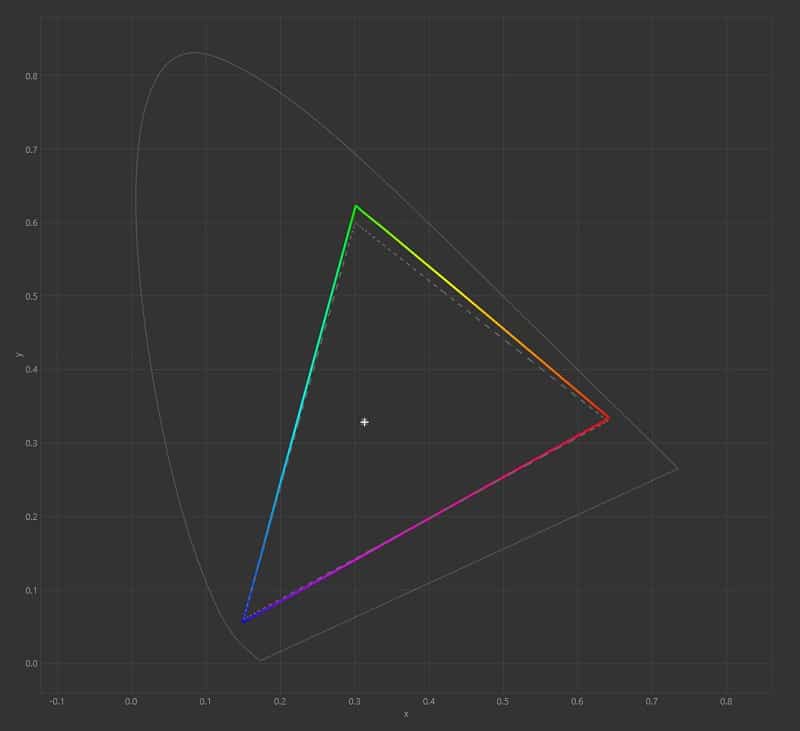
The gamut coverage results for the E22 version of the XMG Neo 15 were almost identical to the previous E21 we’ve tested. XMG claims that the color gamut of this display covers 95% of the sRGB space, but we actually recorded 99.3% sRGB coverage in our test, equating to a volume of 107.7%. This means the display could be used for sRGB colorwork alongside its function as a gaming laptop, assuming the accuracy results below meet your needs.
Adobe RGB coverage was recorded as 73.5% and DCI P3 at 76.2%, which are both substantially below 100%, and not suitable for professional work in these color spaces, but certainly good enough for a gaming laptop.
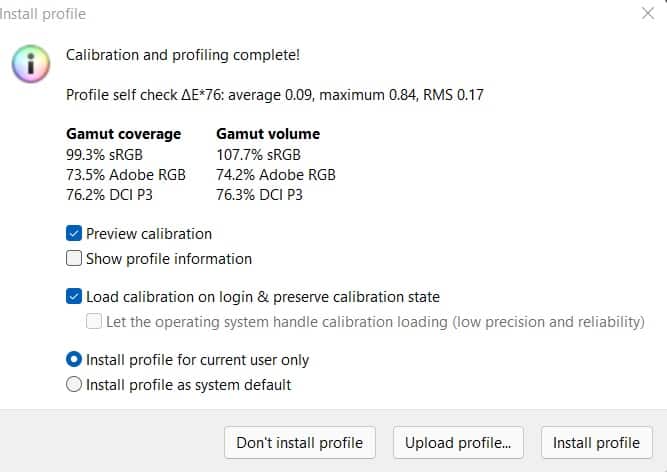
XMG Neo 15 color accuracy out of the box
Prior to calibrating the display, the color accuracy of the Neo 15 out of the box showed an average delta of 1.34, which is a very good result, substantially below the 2.5 threshold that a respectable level of variance should be, and indicates that the machine may have come with some sort of factory calibration as standard. White point was superb at 6466K, very close to the ideal 6500K result, and gamma was equally good at 2.26. Black depth was decent at 0.1138 cd/m² as far as gaming laptops with IPS panels go (though those used to VA panel monitors may be disappointed), though it showed a slight increase from the 0.1049cd/m² of the E21 we tested last year. Contrast ratio was okay but a bit lower than we would have liked at 1075.7:1. In summary, a great result for variance, gamma, and white point, with a decent black point and a slightly lower than ideal contrast ratio.
XMG Neo 15 color accuracy following calibration
Calibration saw very little change to the results, further reinforcing our opinion that these laptops likely come with some pre-release calibration. There was a very slight reduction in the average Delta (1.32) and gamma (2.17), the black point (0.1121cd/m²), and an increase in contrast (1092.8:1), at the very slight expense of white (6448K). In short: not worth bothering with.
XMG Neo 15 panel uniformity
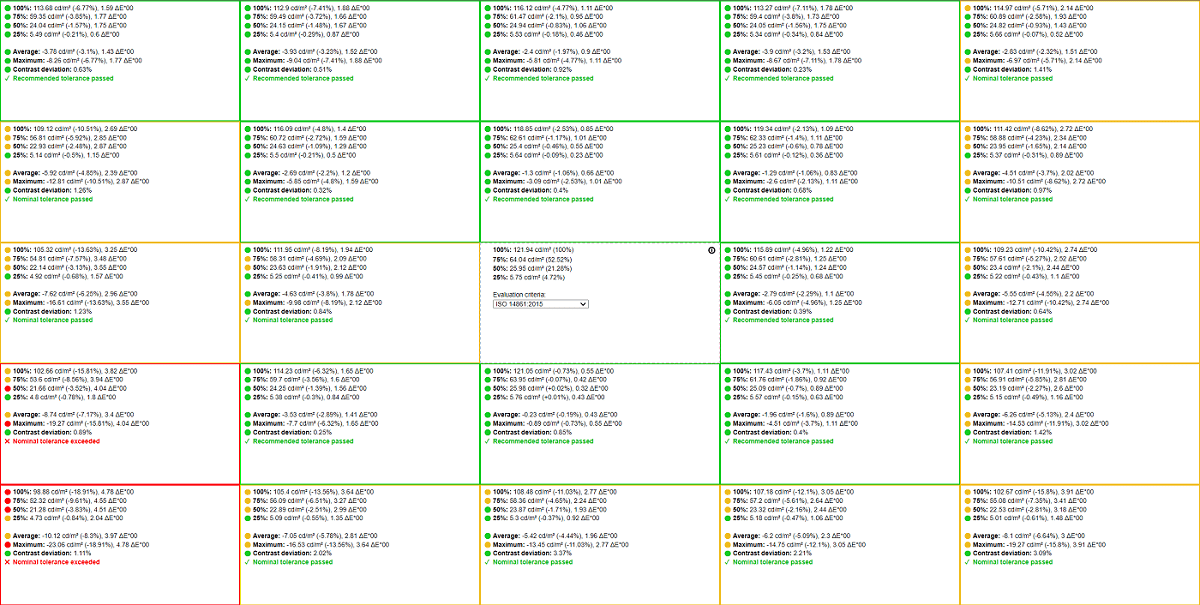
We do a panel uniformity test on all laptops we review after their calibration, which tests for both luminance and color accuracy. We start on the centremost point as a reference and then test all the other sections of the screen (25 in total) to see how they compare.
Generally, any average color variation under 1.00 is good and shows up as green in the image below, though the average consumer won’t be able to tell much difference below 3.00. Visual editors who work with color however may have a keener eye.
The results we got on the XMG Neo 15 E22 were better than the older model’s (which exceeded normal tolerance across both the left and right sides of the screen) but it still showed a degree of variation in two segments that was greater than acceptable. As you can see in the image above, this variation occurred in the bottom left corner of the screen in the segments marked red, which showed 8.74 cd/m² and 10.12 cd/m² of average variation – noticeable to even the untrained eye.
If It wasn’t for this one problem area we’d have said the overall result would have been decent, but this level of variance impacts the ability to use this laptop for any color grading or other color-related workflows where accuracy is key (at least on this portion of the screen), regardless of the good results with the color gamut in our earlier test. You may get lucky and get a slightly better display than we did, but equally it could be worse, ultimately we can only review the one we’ve tested. If you’re only after a laptop you can game on then this isn’t really a negative for you – the display will work just fine, though it’s disappointing for those looking for a color-accurate dual-use machine.
Brightness
We finished off our color accuracy testing by running a luminance test. On the unit we tested, we got a peak brightness of 396.55 cd/m² and a minimum of 18.7 cd/m² which is fairly in keeping with the claims made by XMG and a good range of brightness – the high peak brightness was especially impressive. When using the laptop in the daytime we’d recommend matching the brightness to 120 cd/m² which equates to a brightness setting of 30% under the brightness controls for this laptop.
Audio
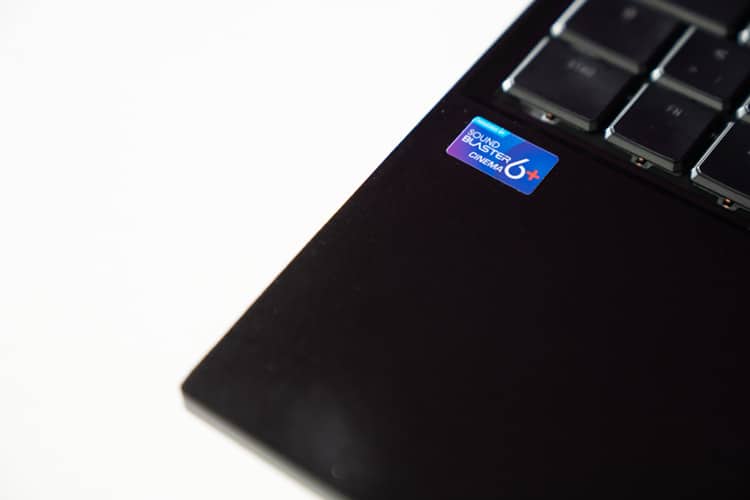
Given the relative lack of changes to the chassis, the speakers on the XMG Neo 15 E22 / Eluktronics MECH-15 G3 are unfortunately still placed underneath and on each corner. Although the wider keyboard prevents them from being positioned on the top and sides, we’d definitely prefer an alternative location given the muffling effect this has, particularly when you’re resting the laptop on a soft surface.
The speakers have been improved somewhat since the 2021 model, with a nice high volume and a slight increase in sound quality, but bass replication is still sub-par compared to what we’d like to see, and lacks immersion in games and when watching films as a result. They’re not worse than the average gaming laptop, but for a premium model it’s still a bit of a letdown.
As with all gaming laptops, headphones are by far the superior option in all scenarios, and headphones users will enjoy good quality sound output. The laptop comes free with Sound Blaster Cinema Six Plus for PCs app that you can find via the searchbar, though you will want to make sure you have the latest drivers installed for it. Besides the usual volume leveling controls, this app takes the audio output and puts it through a virtual device which creates an emulated surround-sound effect, great for improving immersion in games and tv/films if you’re using compatible headphones.
Battery life
The battery life on the RTX 3070 Ti model we tested was between 3 hours 45 mins and 4 hours in our usual test, with brightness set to 50%, background applications switched off, two hours of fullscreen YouTube, then the rest idling on a web browser. This is with Optimus turned on and performance profile set to Balanced within the Control Centre. With Optimus turned off and the performance profile set to Overboost, you’d be lucky to get three hours out of the laptop.
This is around one hour shorter than the previous model which came with an AMD CPU and a lower TGP RTX 3070 graphics card, and is a bit of a disappointing result, though not much lower than average given the power of the internal components.
Performance, noise & temperature
Noise
Without the use of the OASIS cooling system, the fan noise was similar to the previous year’s model. When set to Balanced mode in non-demanding scenarios it was barely audible, but in Enthusiast and Overboost mode in games it became noticeably loud, though no worse than your average gaming laptop.
With the OASIS system turned on, for the first 30 seconds or so of the pump starting up gurgling/draining noises can be heard, but after that the system becomes very quiet, even under stress in games on the highest settings. Ultimately though, it’s a bit questionable how beneficial this is for most people, as, given the relatively poor speakers you’d be using headphones anyway in-game, and in most scenarios where you’d be using the laptop in public or in an office workplace, you’re unlikely to be bringing the OASIS along with you, particularly given the draining process.
External temperature
In terms of the external temperature felt under your hands when using the laptop, in Balanced mode during general usage and web browsing the XMG Neo 15 is perfectly cool. In Enthusiast and Overboost mode when gaming, some temperature increase is noticeable after a while on the WASD keys, but the results were still better than average compared to most gaming laptops with this amount of power. Much of the heat is expelled through the sides of the laptop, which is a design we approve of, although over time the surface beneath it will still get quite warm.
With the OASIS system operational the body of the laptop feels very cool indeed, even during extended gaming, so the benefit is definitely noticeable.
Internal temperature
The internal temperature of the XMG Neo 15 was noticeably elevated when playing games on the highest settings in Overboost mode as you’d expect, with the CPU temps reaching maximum temperatures of between 92-98°C depending on the game. Far Cry 5 saw the highest maximum result but Rainbow Six: Siege averaged the highest at 87°C.
GPU temps maxed out at 86°C in Doom Eternal, Fortnite, and Assassin’s Creed: Valhalla, the latter game also averaged the highest at 81°C. Enthusiast mode took a couple of degrees off this temperature in most cases, and you may want to consider using this (if you’re not employing any external cooling) for most scenarios to prolong the life/effectiveness of the internal components over time.
With the OASIS system activated both max temperatures and average temperatures dropped substantially, for both the GPU and the CPU, which means you could comfortably have the system set to Overboost mode at all times without having to worry about either chip degrading. The maximum CPU temp we recorded was 84°C with the OASIS pump activated (14% lower than the max without cooling), with the maximum GPU temp being an impressively low 63°C (36% lower than the max without cooling).
XMG Neo 15 (E22) benchmarks
We tested the XMG Neo 15 E22 with RTX 3070 Ti in both its native 1440p resolution and at 1080p across a range of titles on different graphical presets, both with and without the OASIS cooling system attached.
In the interest of efficiency, given the focus of our test is the OASIS cooling system, we will only be showing the results with Optimus turned off with the MUX Switch, as this is how we recommend everyone has it set when playing games anyway. You can take a look at our previous review to get a better visual idea of the significant uplift the MUX Switch has across different games, but it can be as high as 50% in some titles.
The below benchmarks were all tested in Overboost mode, which tended to add a few frames at most across the majority of games we played, compared to Enthusiast mode. You definitely do not want to play any games on Balanced mode, as this reduces FPS performance to 10% in some cases, rendering them virtually unplayable.
XMG Neo 15 RTX 3070 Ti benchmarks without external cooling
XMG Neo 15 RTX 3070 Ti benchmarks with OASIS liquid cooling
RTX 3070 Ti vs RTX 3080 laptop versions
The results for the XMG Neo 15 E22 were impressive when compared to the older E21 model, even with the more powerful RTX 3080. Average FPS was generally better for the RTX 3070 Ti version we tested across CS:GO, Far Cry 6, and Rainbow Six: Siege, with some exceptions on the odd setting where the RTX 3080 pulled ahead. On average there was around a 17% uplift for the newer RTX 3070 Ti model in these games (Far Cry 6 showing the biggest average uplift of around 25%), though this can be attributed mainly to the Intel Core i7-12700H CPU rather than the graphics card itself.
Assassin’s Creed: Valhalla showed very similar results between the two laptop models, regardless of settings or resolution. COD: Warzone saw a slight lead of 1-3% by the RTX 3080, whereas Fortnite saw gains of up to 7% for the RTX 3070 Ti on the lower presets, to a 10% FPS drop compared to the RTX 3080 on the maximum settings.
On games like Doom Eternal however, at maximum graphical settings and with Ray-Tracing switched on, you start to see the RTX 3080 pull ahead substantially, with a 26% FPS uplift at 1080p and an enormous 102% FPS increase at 1440p. This really shows where the lower VRAM of the RTX 3070 Ti starts to become clear. The same was also true for Shadow Of The Tomb Raider, which saw a 25% FPS uplift at 1080p on Max settings with Ray-Tracing on, and an 83% increase on the same settings at 1440p, though this was a game that generally performed better on the RTX 3080 version anyway, even on lower settings.
XMG OASIS liquid cooling performance
Comparing the FPS with and without the OASIS external cooling, we saw very similar results in both CS:GO and Far Cry 6.
Generally we saw about a 5% uplift in Doom Eternal with the external cooling, though there were some strange instances on this game when the non-cooled results pulled ahead substantially. These can likely be discounted as anomalous results that would not be borne out in additional testing. It was a similar situation with Fortnite.
On Rainbow Six Siege, we again saw similar uplift up to 5% on the watercooled version but only at 1440p resolution. At 1080p the results seemed fairly similar, and this pattern was repeated in COD: Warzone. For Shadow Of The Tomb Raider we saw a fairly random spread of results, with the OASIS cooled tests pulling ahead in some instances and falling behind in others, which can be probably be attributed to just random performance variance in the game, and doesn’t point to any noticeable causal difference.
XMG Neo 15 gaming performance: the takeaway
Everything considered, the XMG Neo 15 with RTX 3070 Ti is a great gaming performer. The combination of the Ti graphics card with the new Intel 12th gen CPU is enough to go toe-to-toe, and even slightly pull ahead of the RTX 3080 in most titles, though on games with Ray-Tracing enabled, particularly with graphics set to the maximum and on higher resolutions, the additional VRAM of the RTX 3080 makes a big impact, and the 8GB RTX 3070 Ti machine simply can’t compete, even with the more powerful processor.
In terms of the OASIS cooling system, the potential 10% FPS uplift that XMG claimed was not seen in our tests. Around a 5% increase in performance was the maximum boost in those games where the external cooling did have an impact, particularly when playing at 1440p, though in some titles there was no noticeable difference in performance at all. Although the thermal results do clearly show that both average and max temperature reduction is occurring, the benefits of this are more likely to be felt over time (when looking at the RTX 3070 Ti model anyway), in terms of the longevity of the internal components, rather than a truly noticeable FPS boost. Of course the higher TGP RTX 3080 Ti specced version of the Neo 15 E22 could show more of a difference in raw FPS terms. Hopefully, we get our hands on this version at some point to test it as well.
Final word
Everything considered, we would definitely recommend the XMG Neo 15 E22 / Eluktronics MECH-15 G3 2022 model as a great premium performance gaming laptop. The RTX 3070 Ti specced version combined with the Intel Core i7-12700H CPU performs about as well in games as the RTX 3080 version from last year (which had an AMD Ryzen 9 5900HX processor). For around the same price, you also get an improved 240Hz refresh rate and DDR5 memory support for your money. In fact, the RTX 3070 Ti model we tested actually inches ahead in many titles, though the older RTX 3080 version still has a substantial performance advantage in Ray Tracing scenarios, particularly on max graphics at higher resolutions (as well as a superior battery life). Although most of the issues we had with the 2021 version continue in this one (panel uniformity problems, unimpressive speakers, a lack of G-Sync, aesthetically unimaginative design) these are relatively minor compared to what this laptop gets right, and it’s a definite contender for the best 15-inch laptop of 2022.
In terms of the external OASIS cooling system however, the result is less clear. For FPS performance, the most you will consistently get on your water cooled laptop (based on our testing) is a 5% uplift, and only on certain games. Whether this is worth bothering with partially depends on how much you pay for it. According to Eluktronics, “the cost will only be $99.99 when bundled with laptop purchase”, though if you go with XMG the price is around €200. For $99.99 we’d consider buying the cooling kit, despite its rather cumbersome draining process, purely for the additional longevity it will bring to the core components of what is ultimately a pricey gaming machine. €200 seems a bit steep for us, but those who opt for the higher TGP RTX 3080 Ti version may still want to consider it, given the price of the internal components. Ultimately the OASIS is an interesting first attempt into the liquid cooling laptop space by XMG, but the technology needs to be developed further in either FPS impact, convenience, or both before it becomes something we can wholeheartedly recommend.


WePC is reader-supported. When you buy through links on our site, we may earn an affiliate commission. Prices subject to change. Learn more


